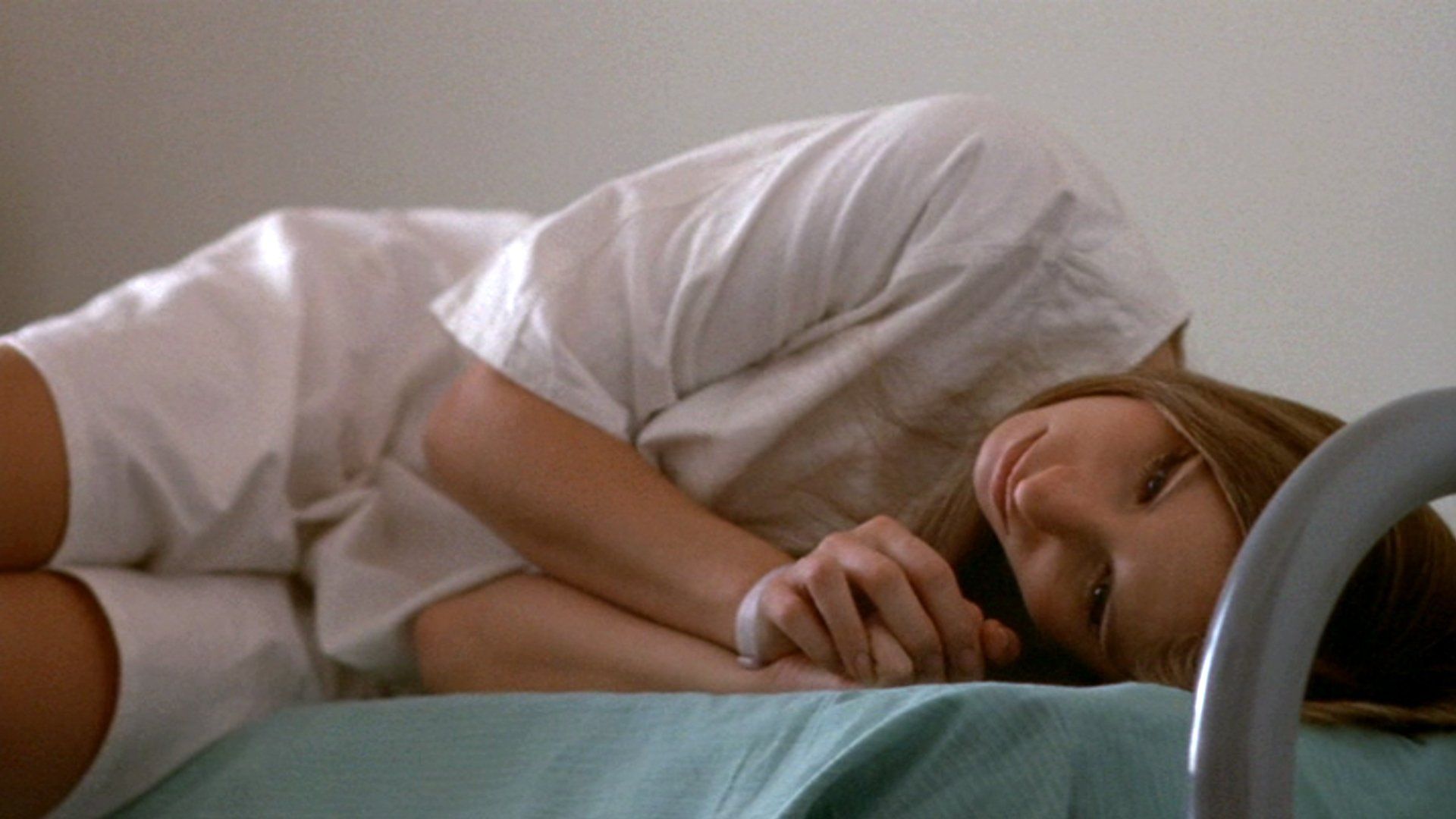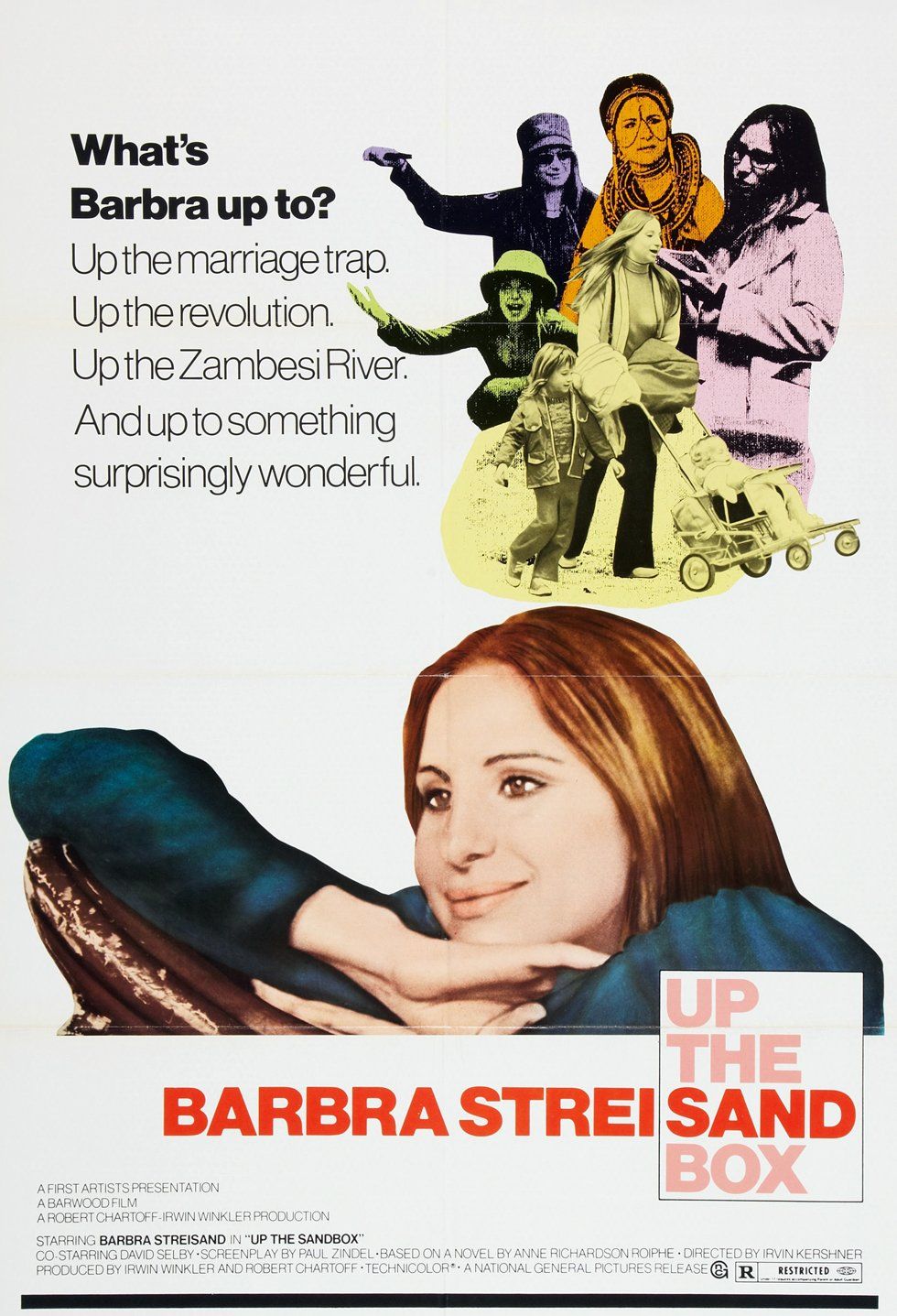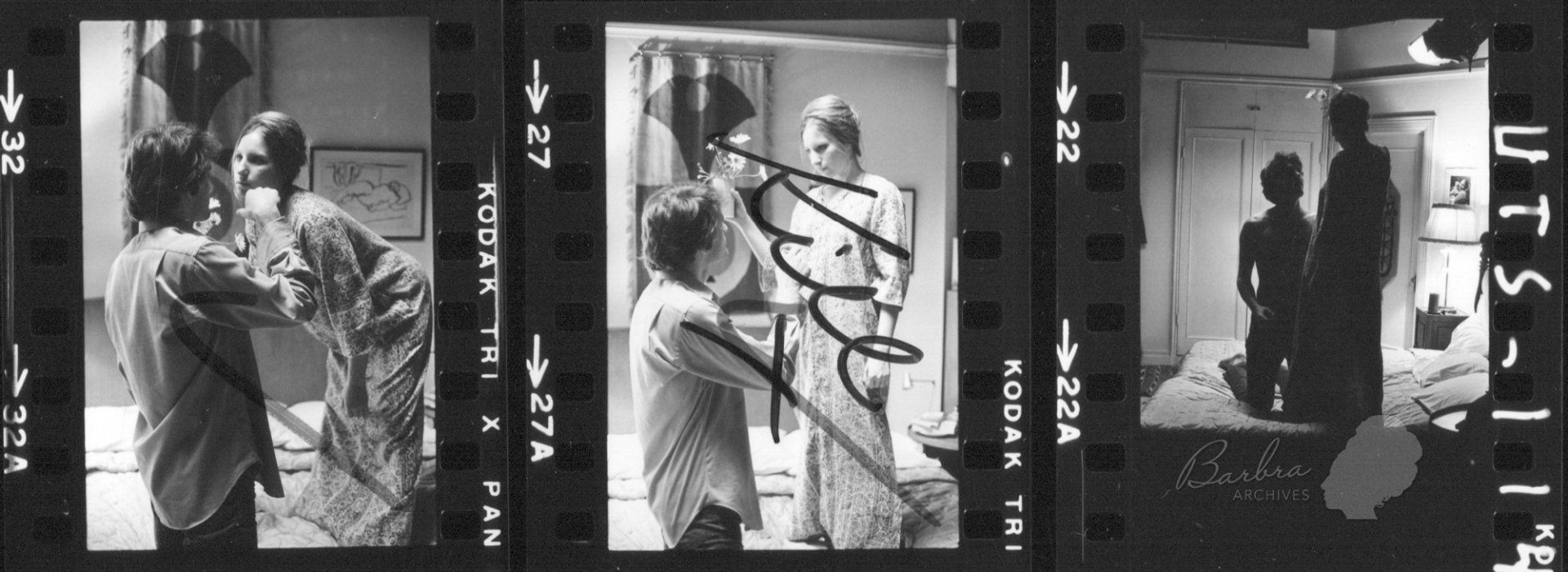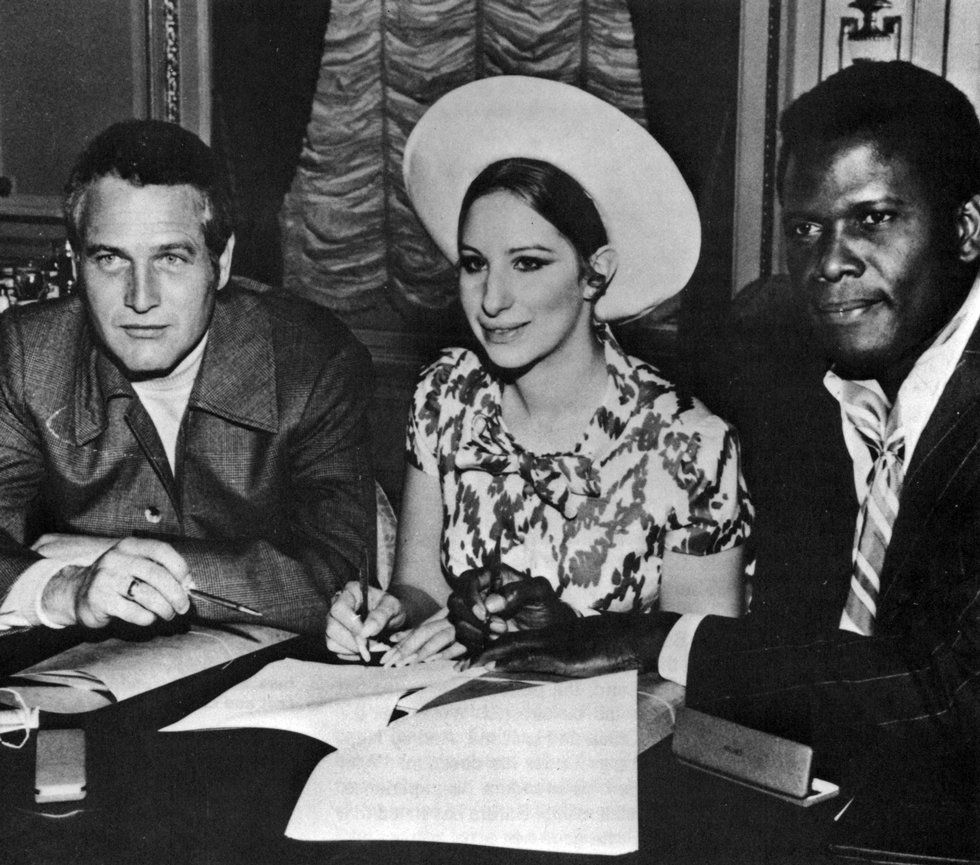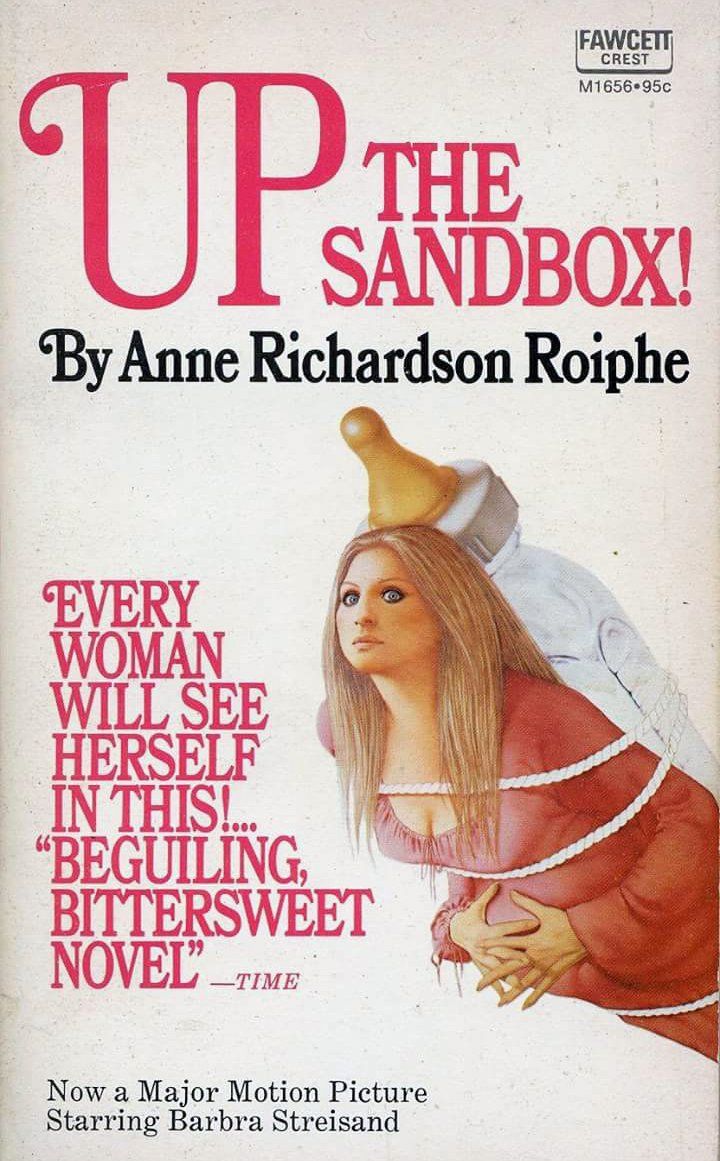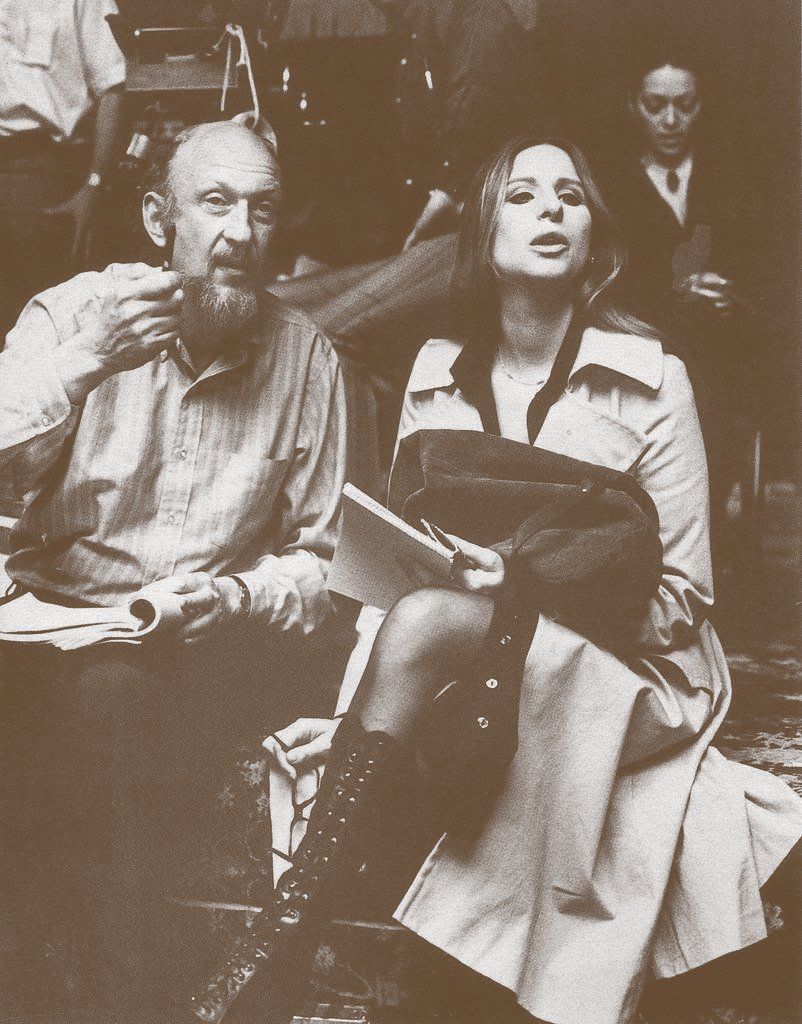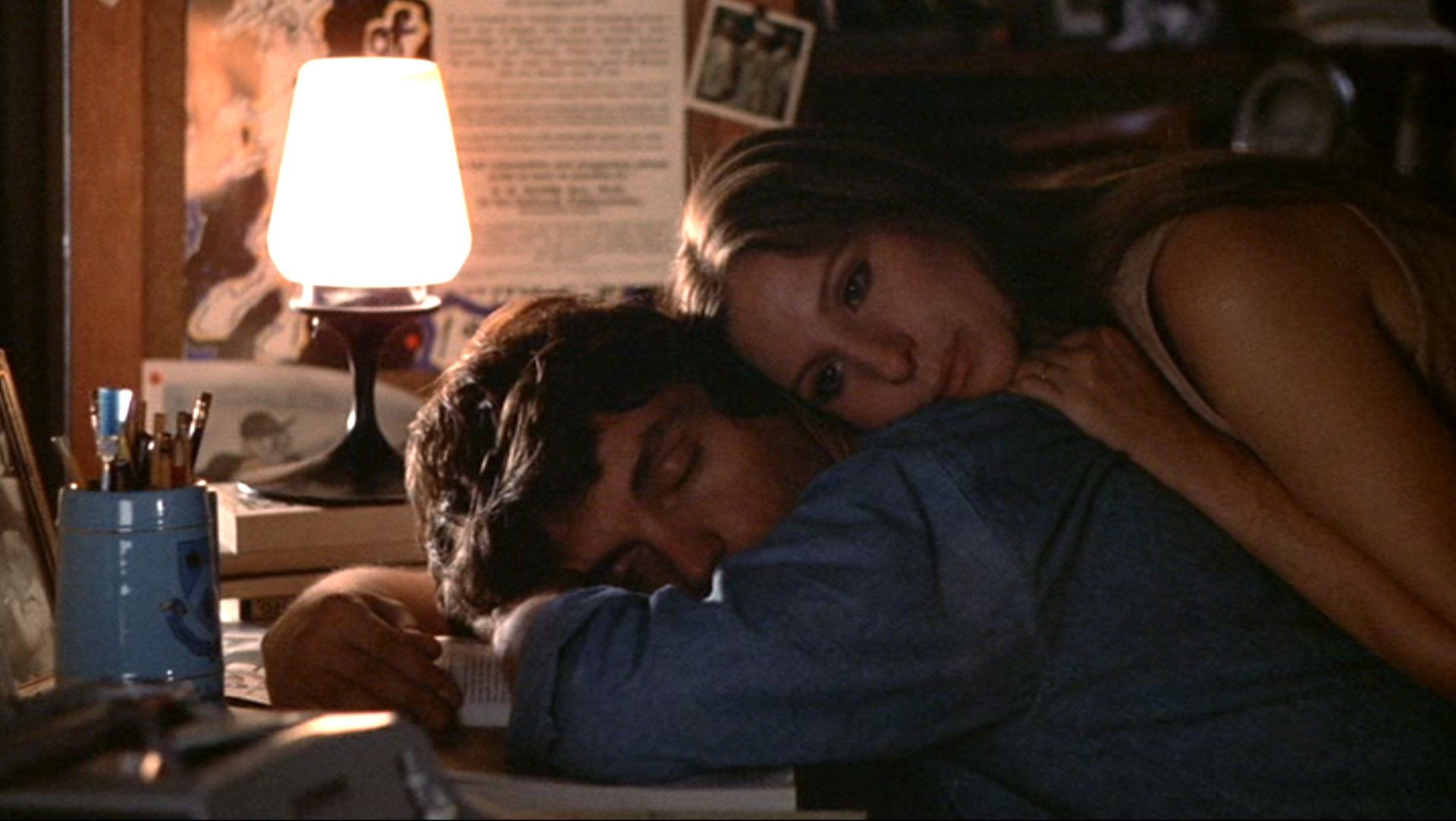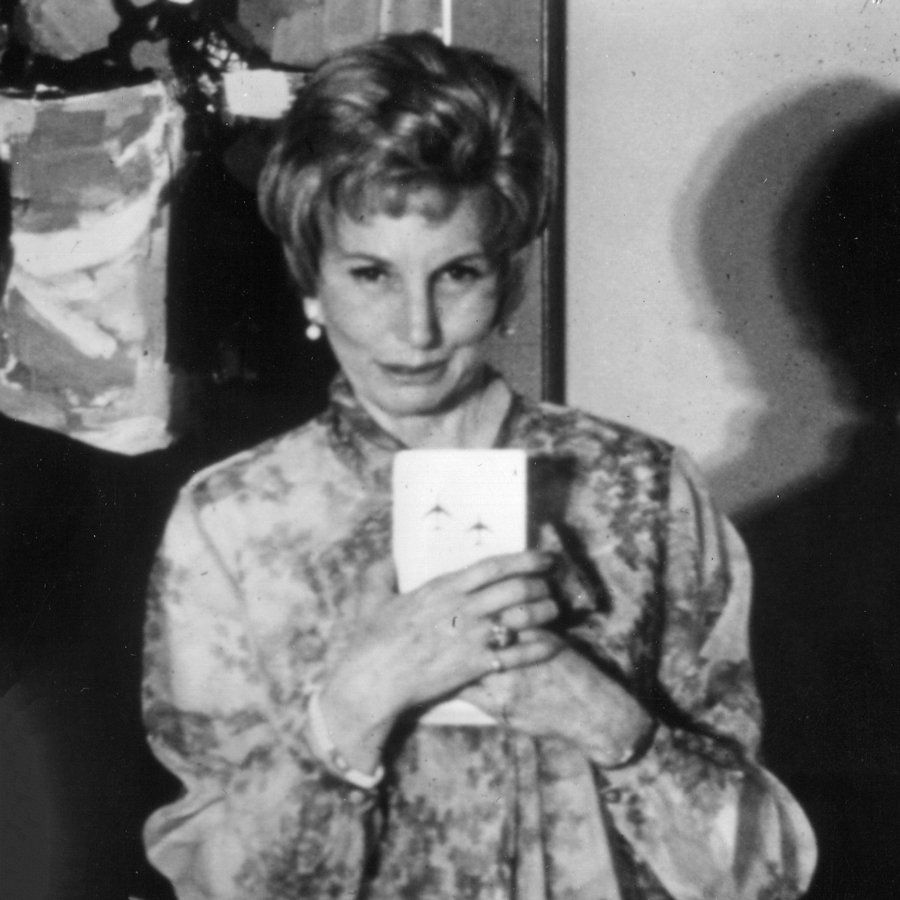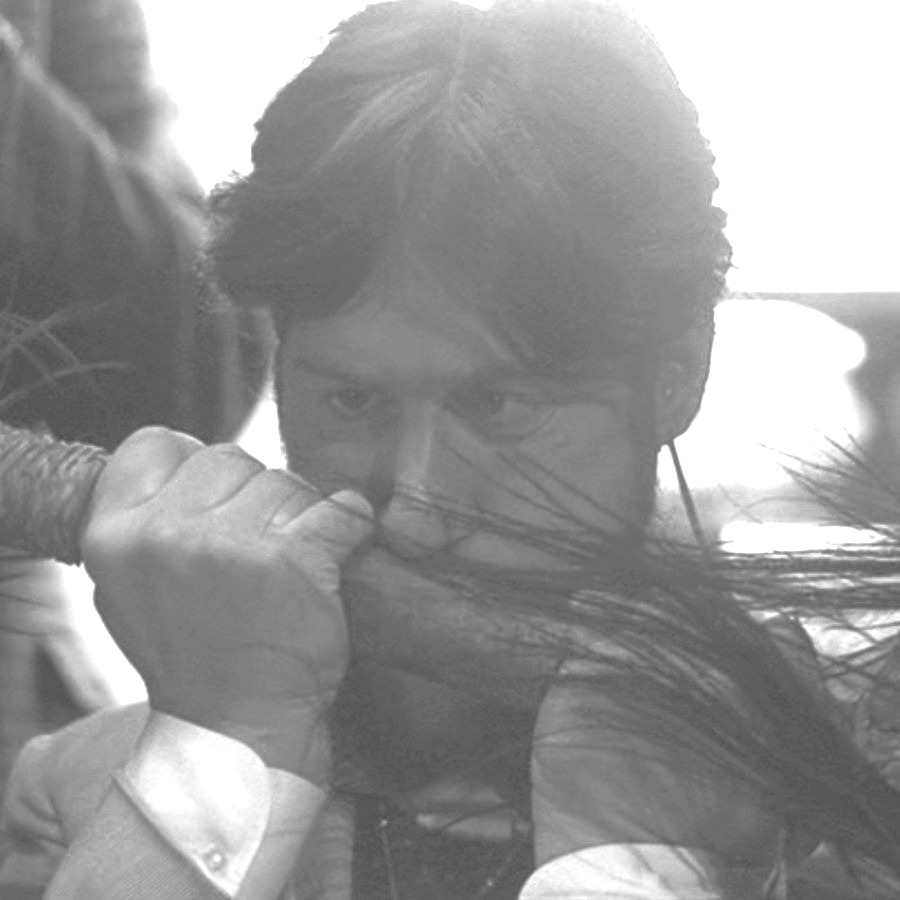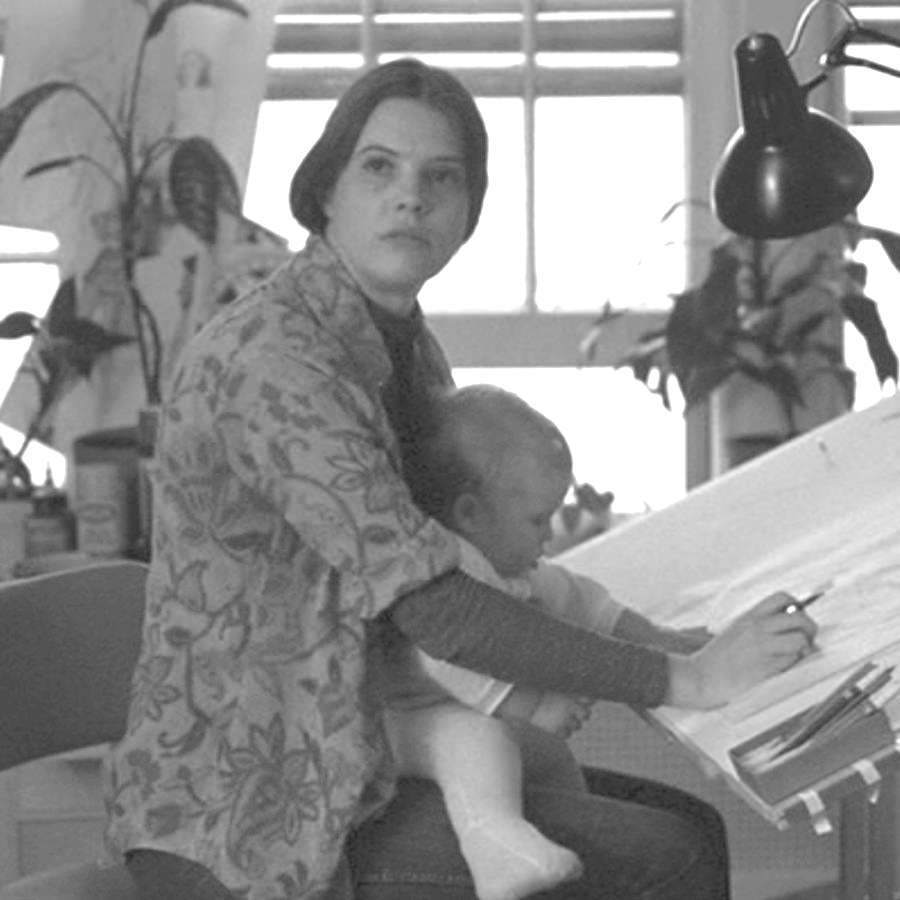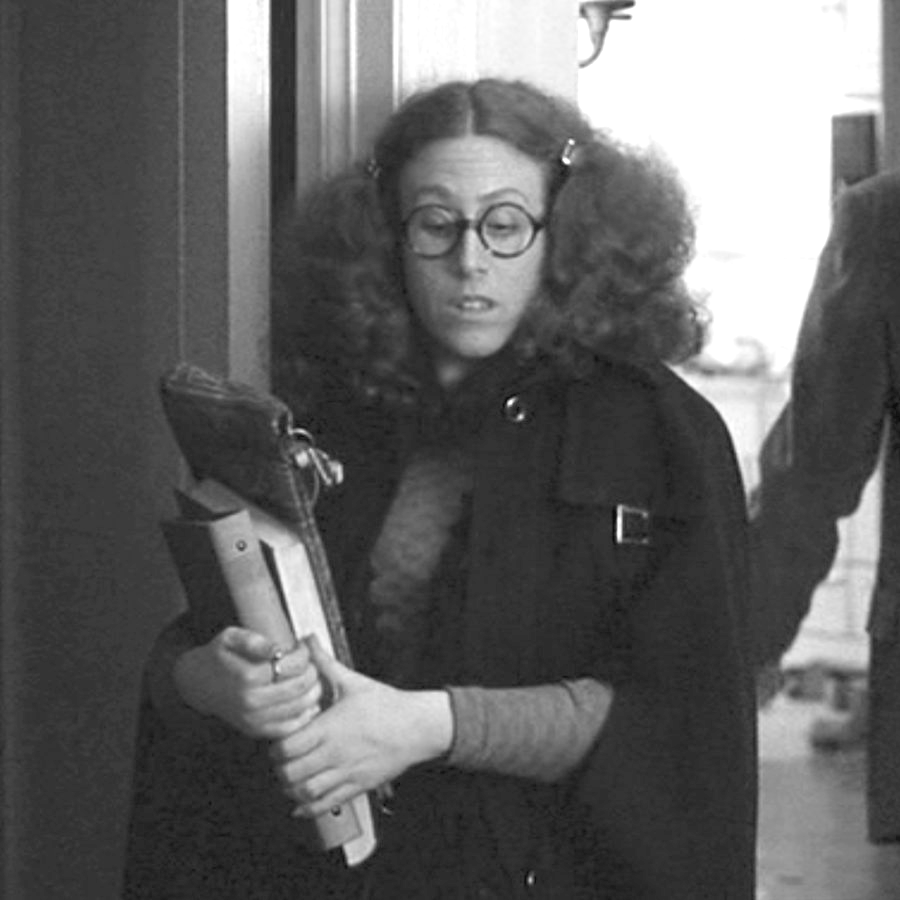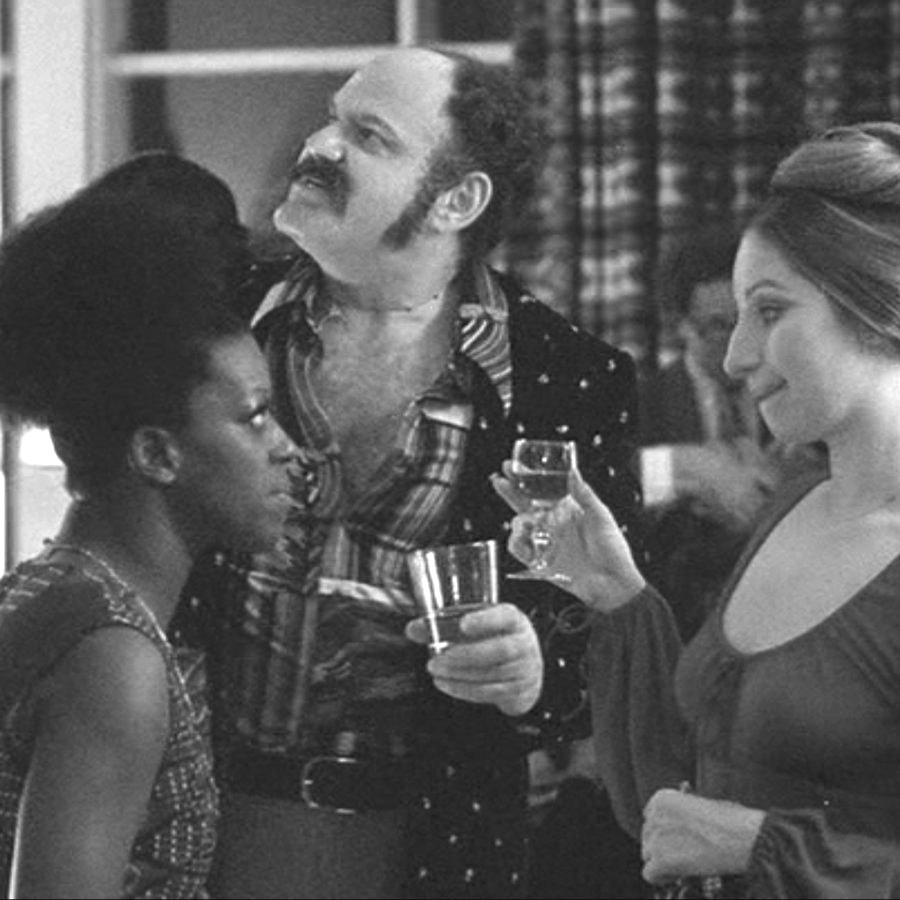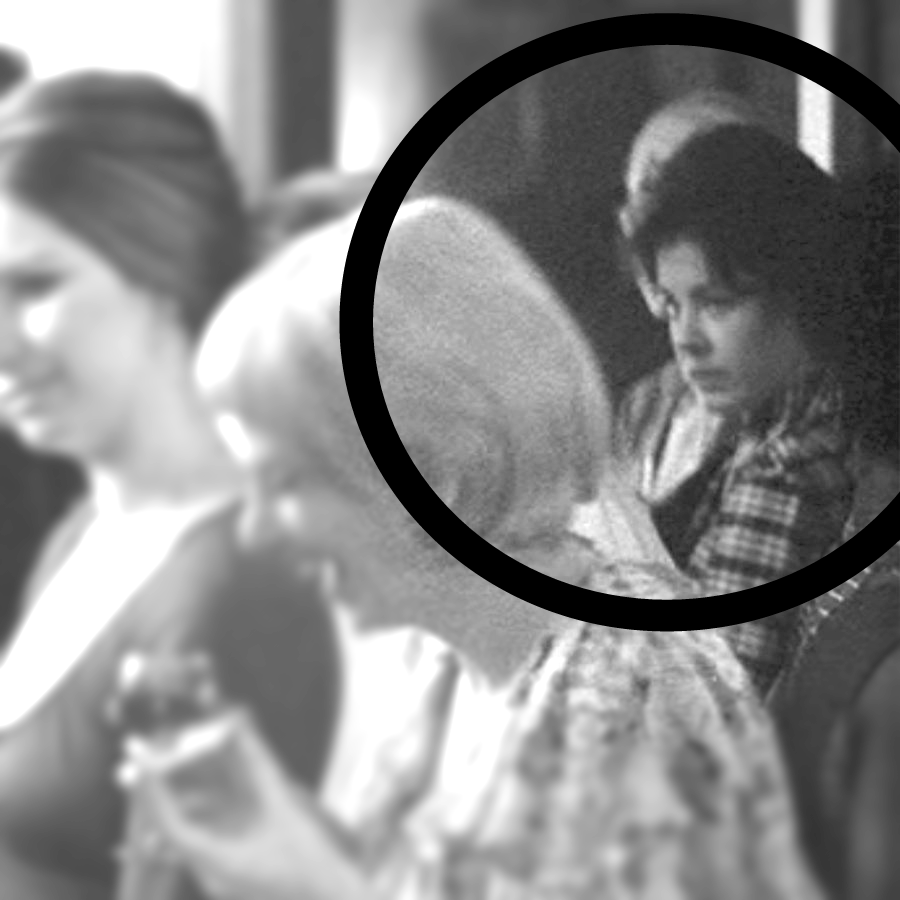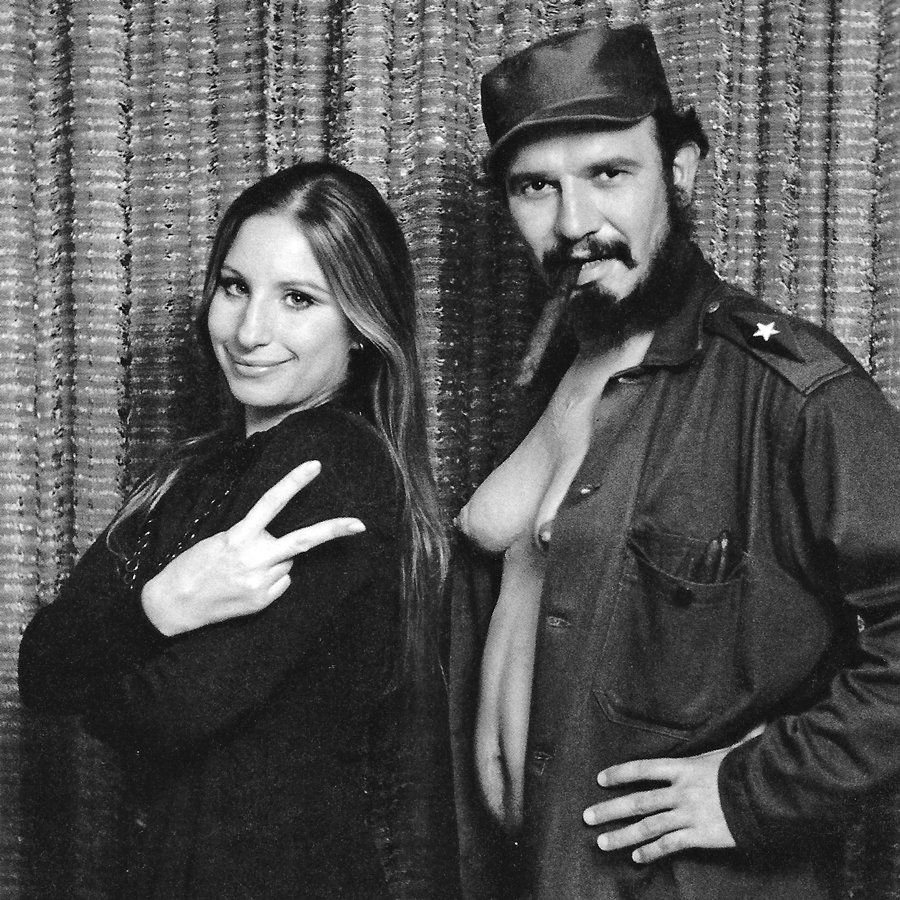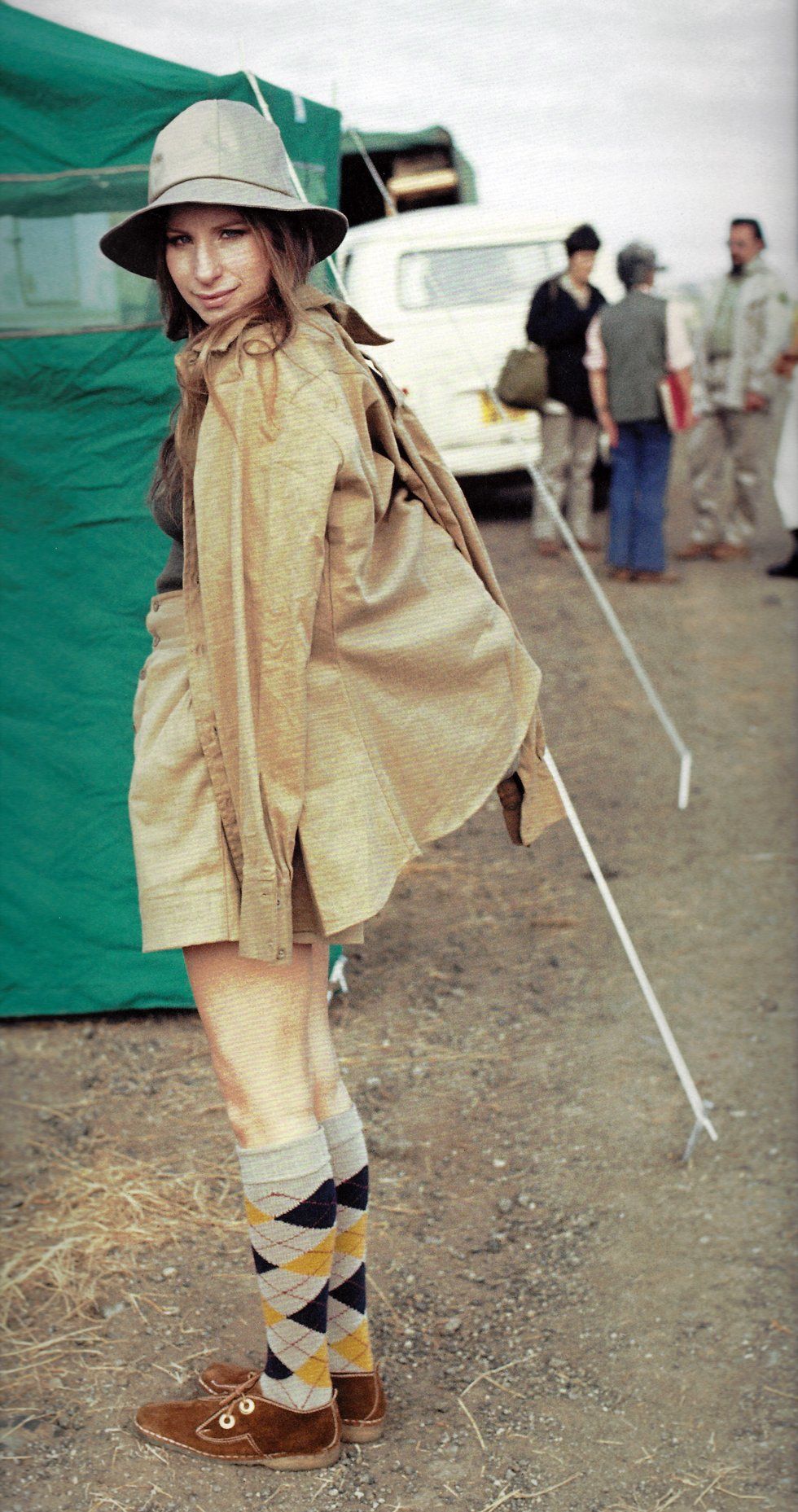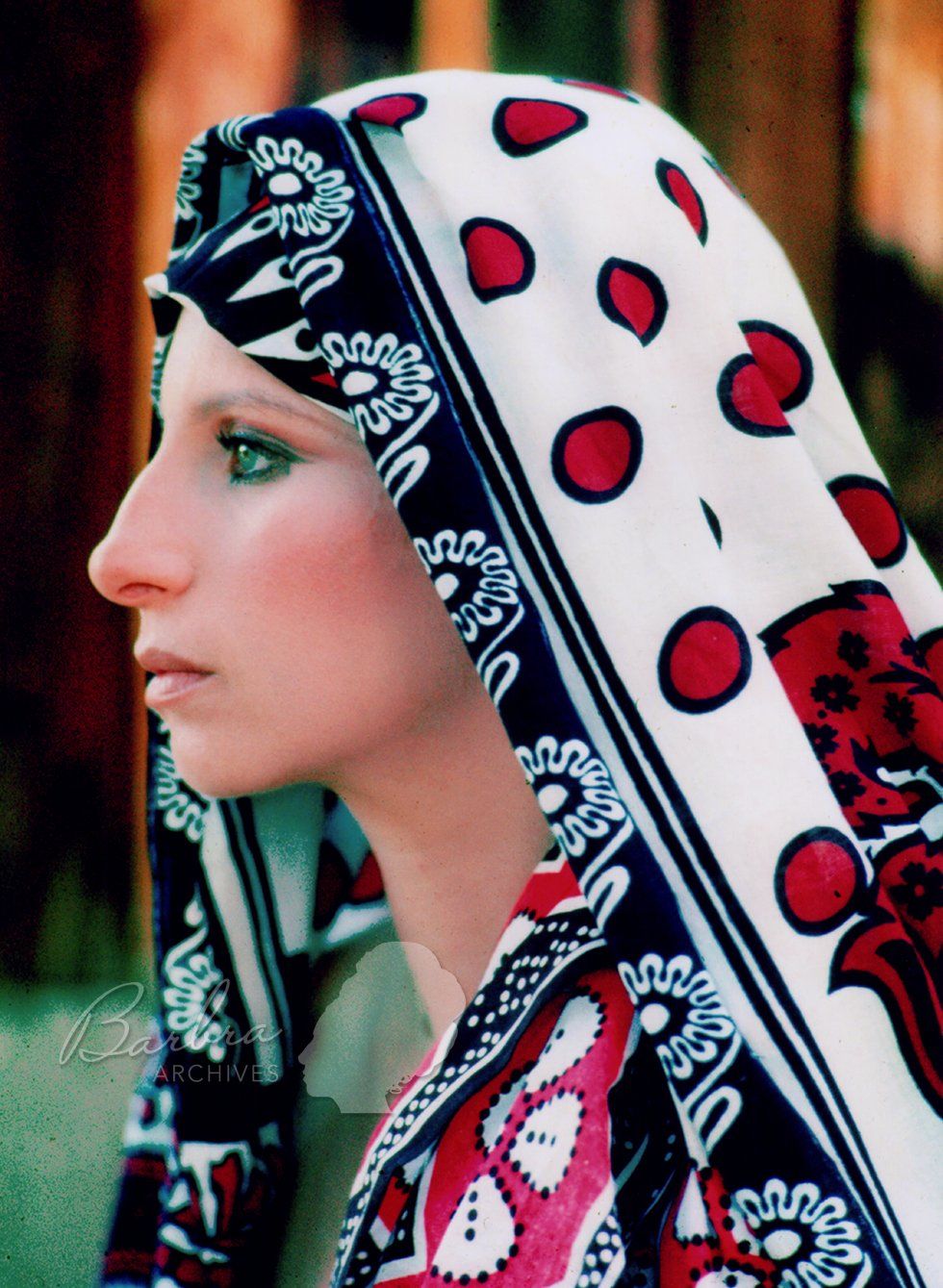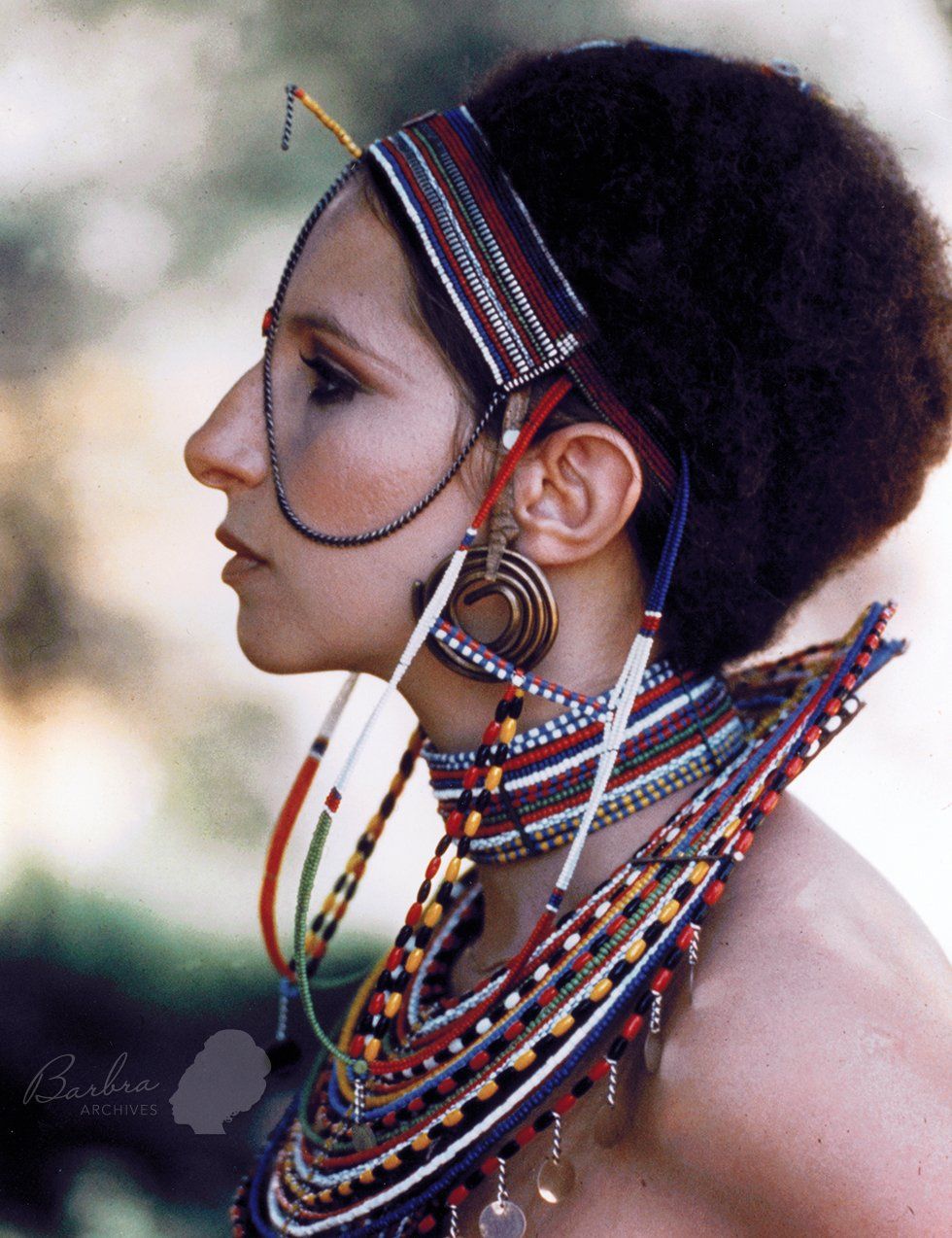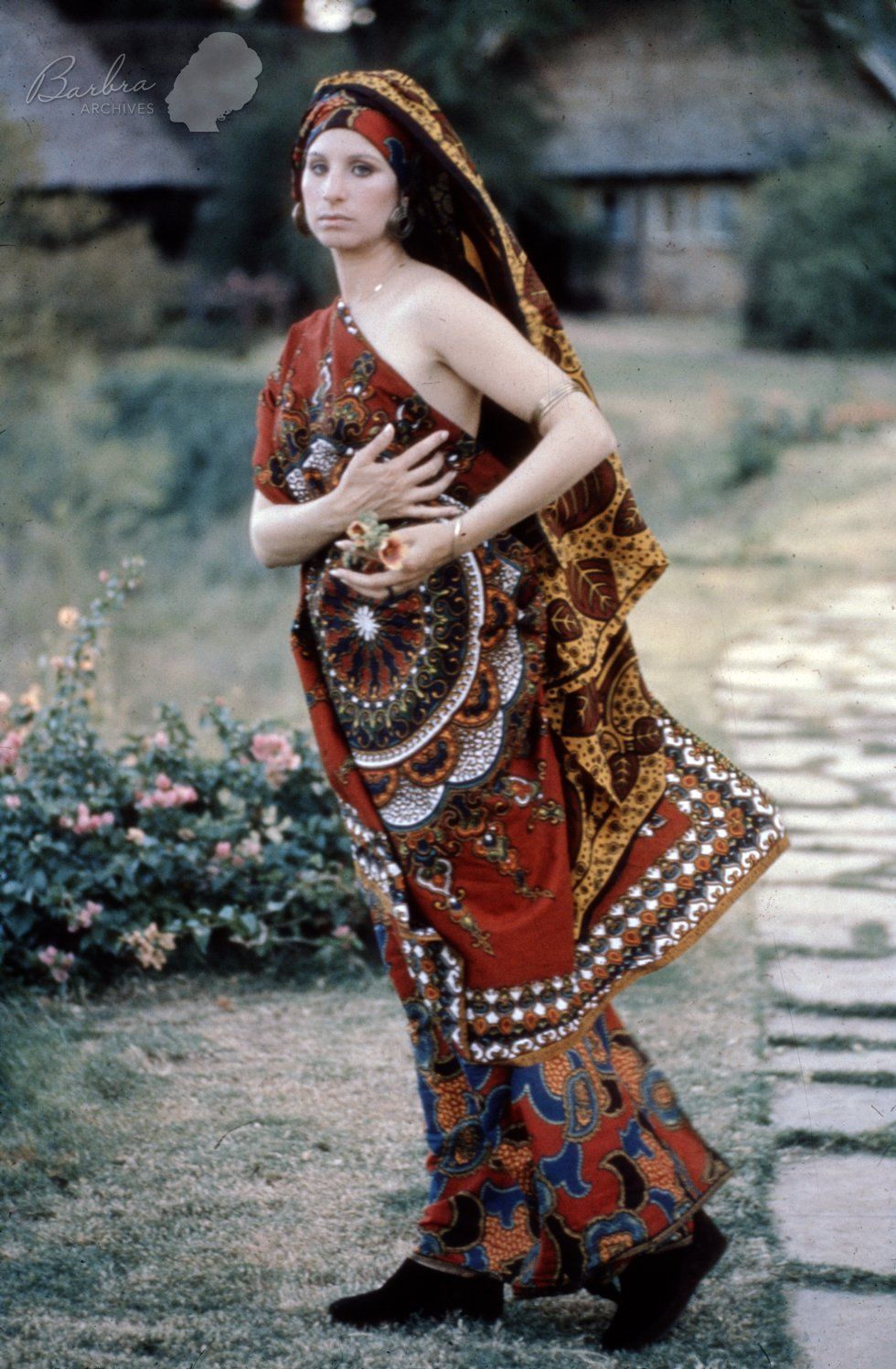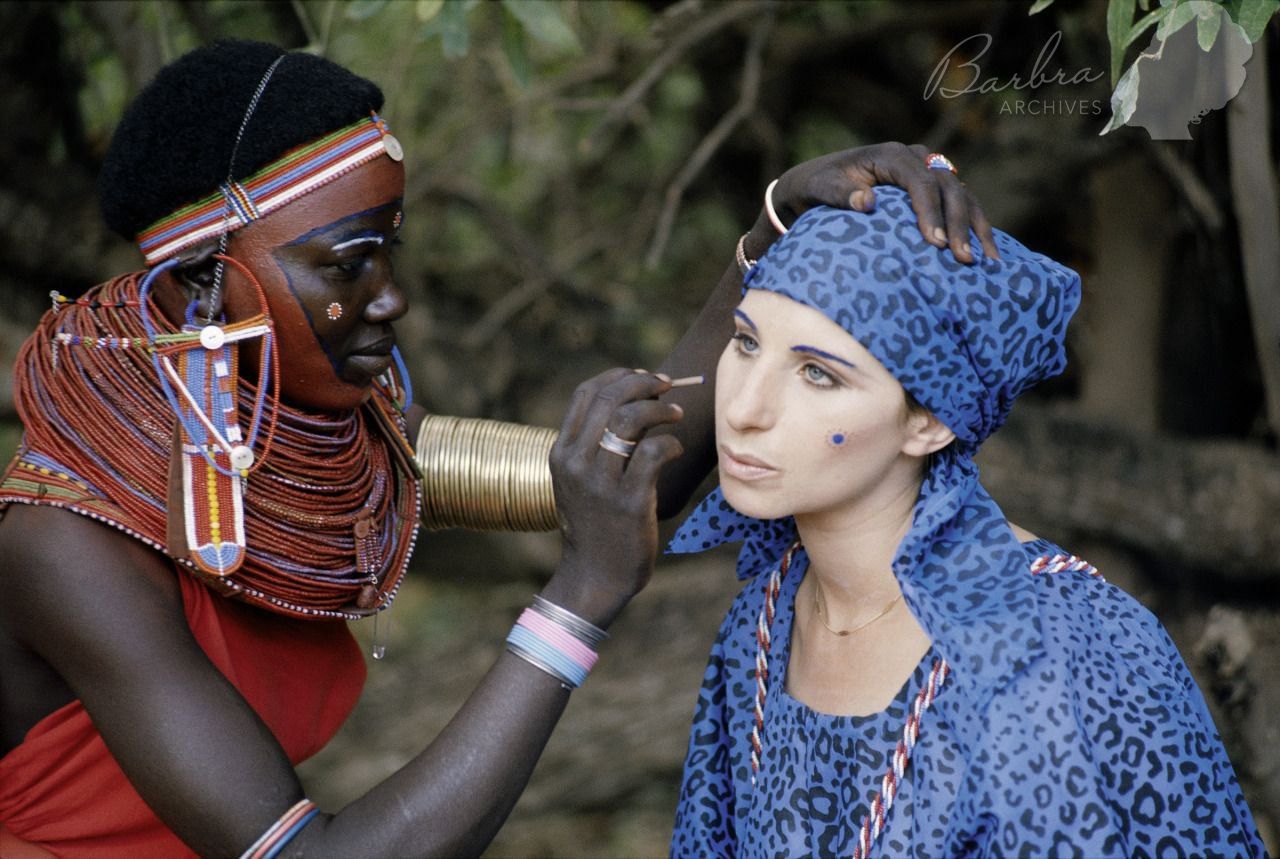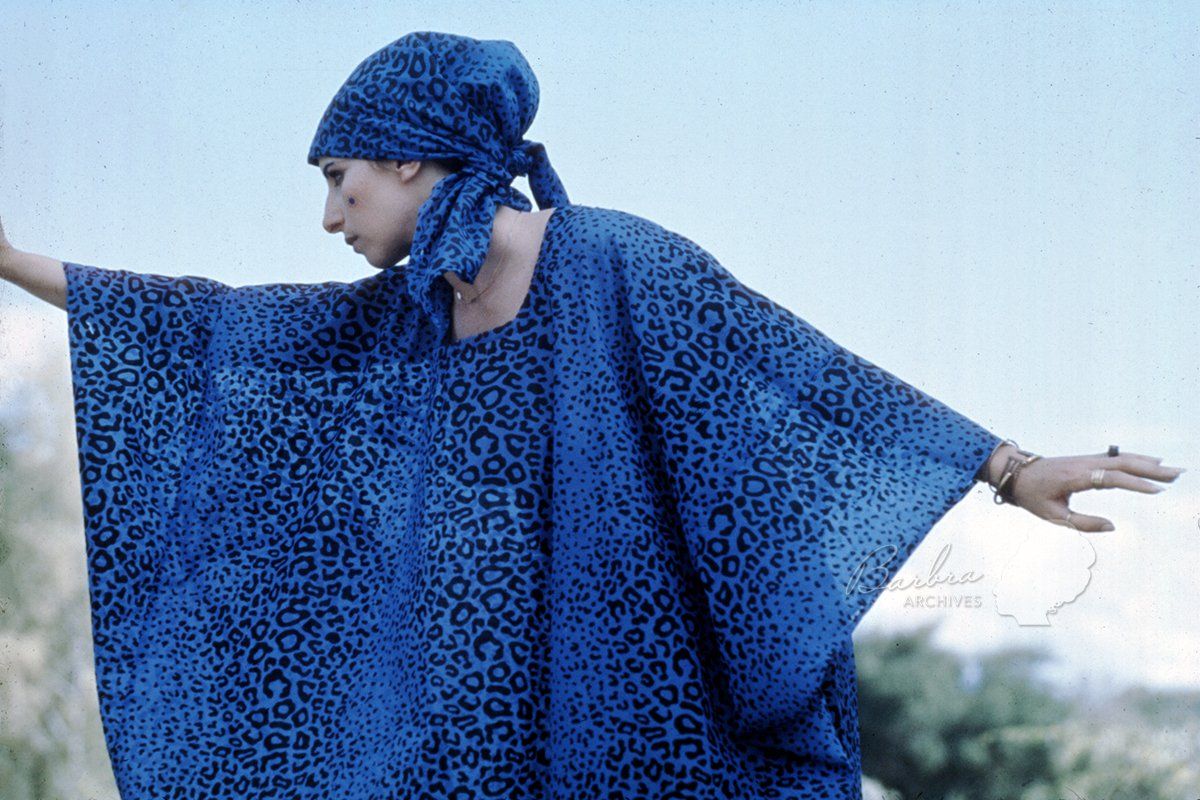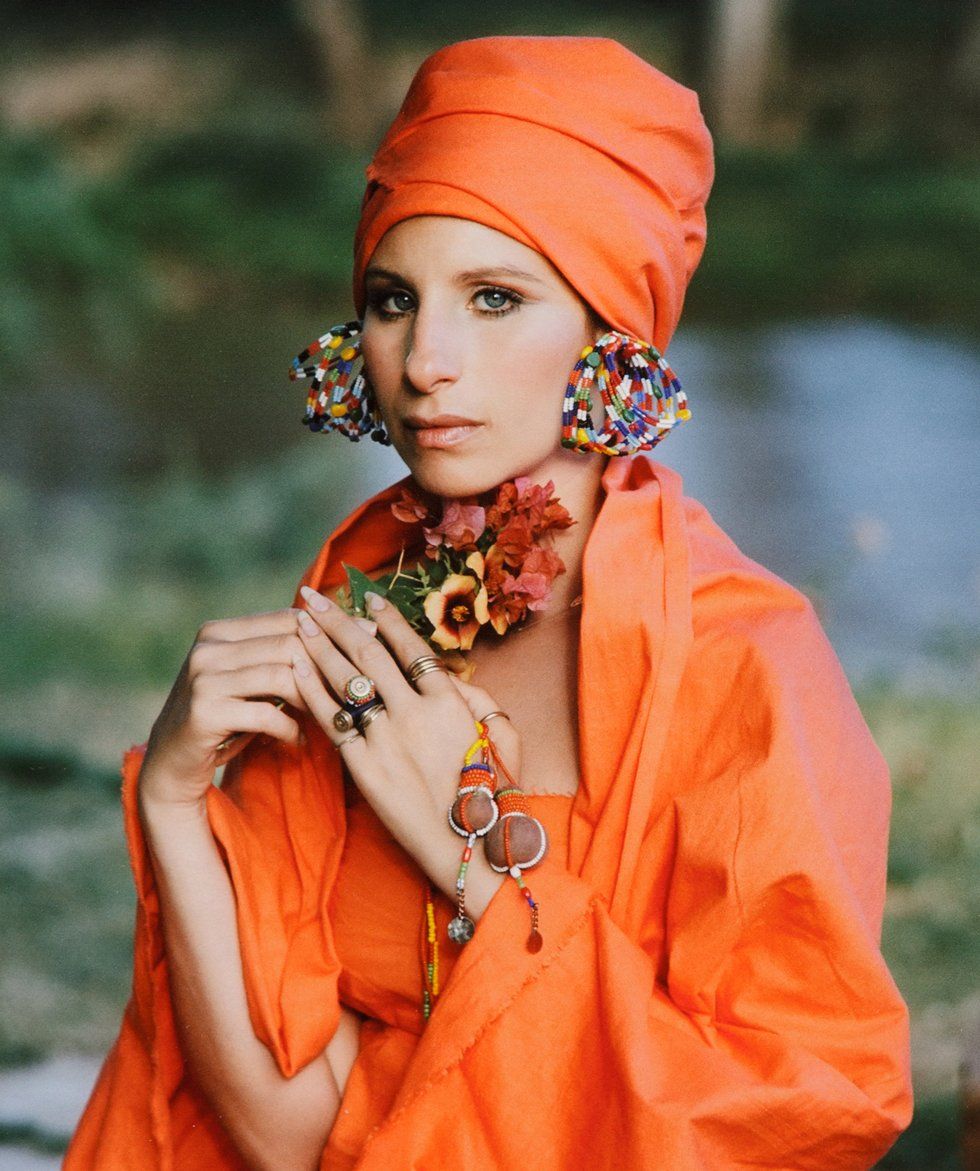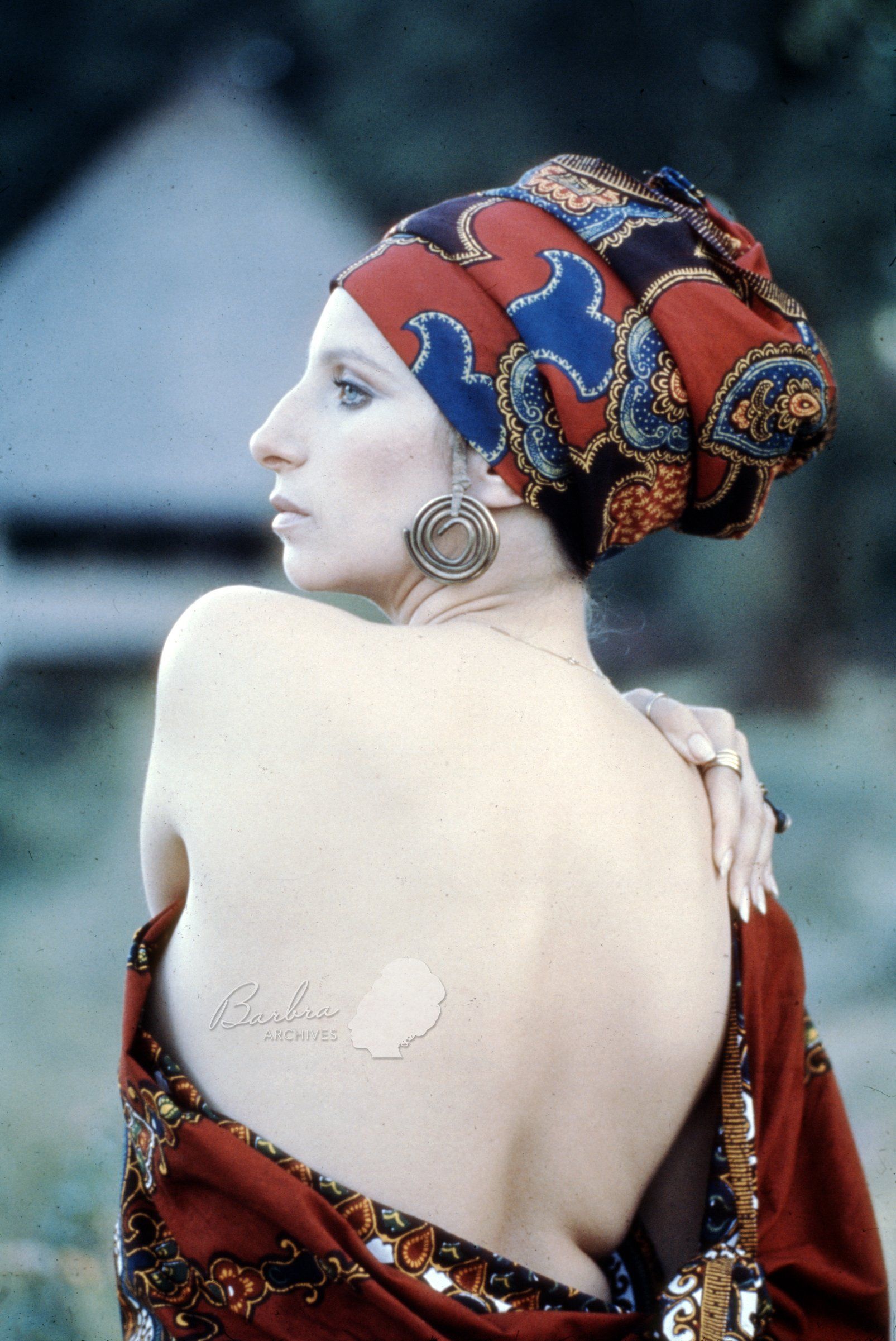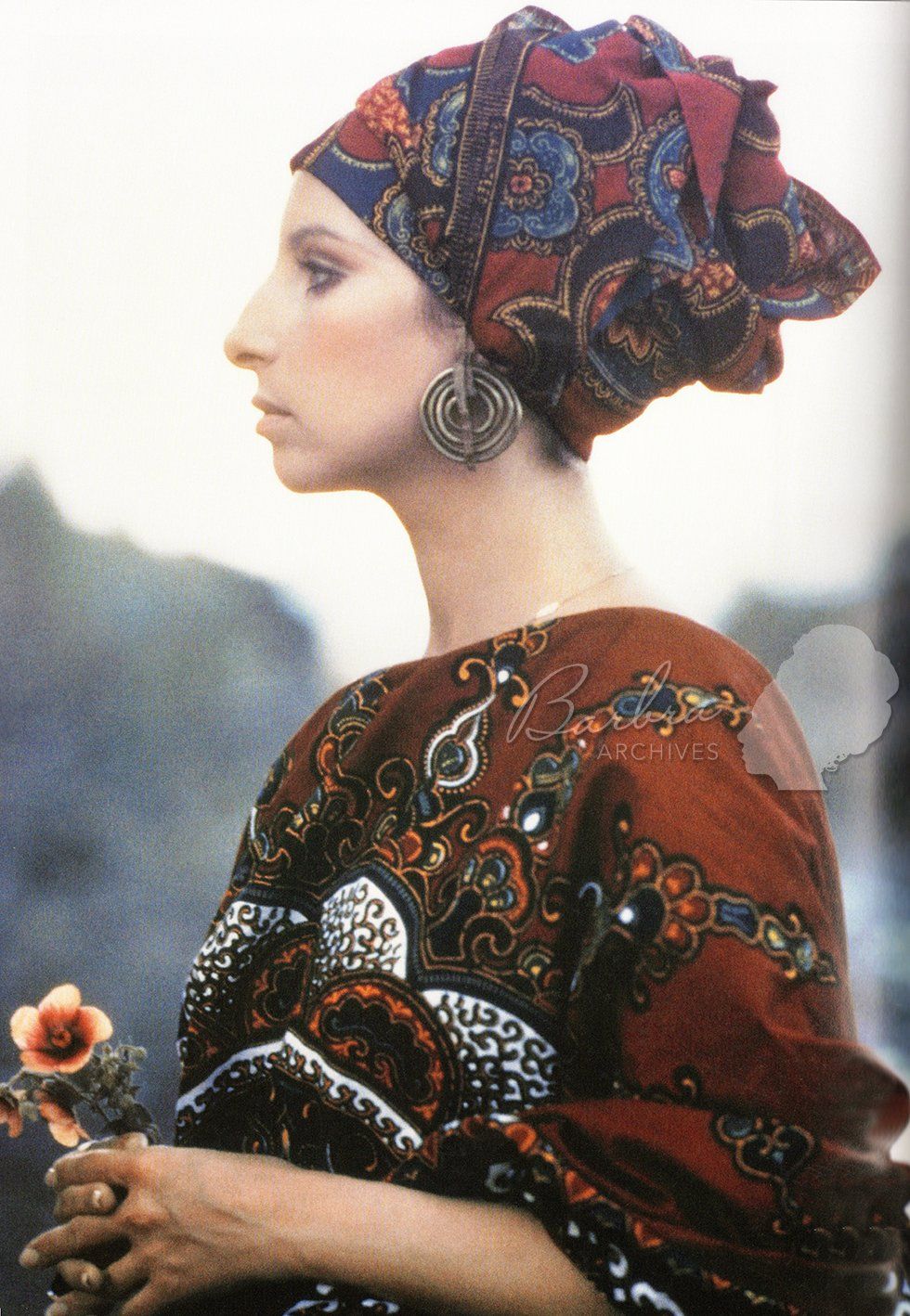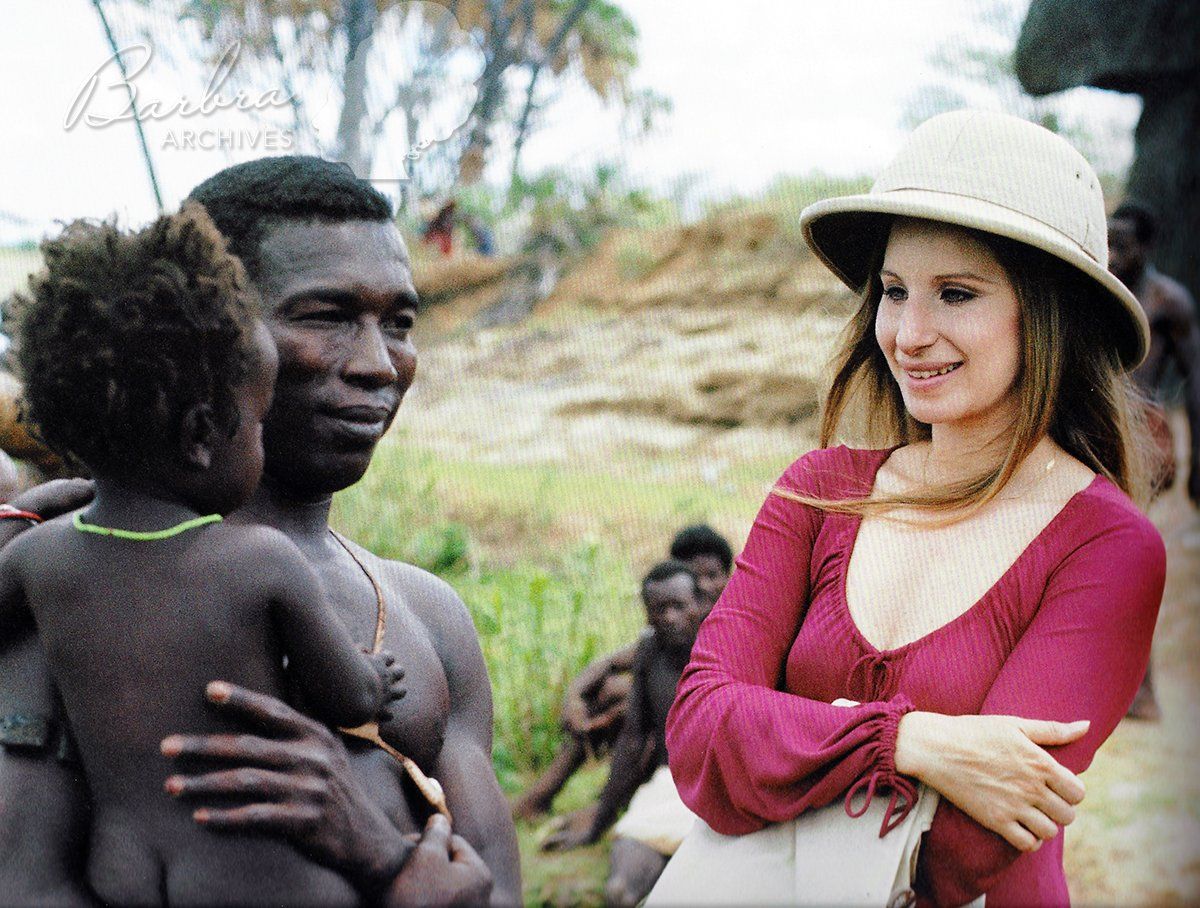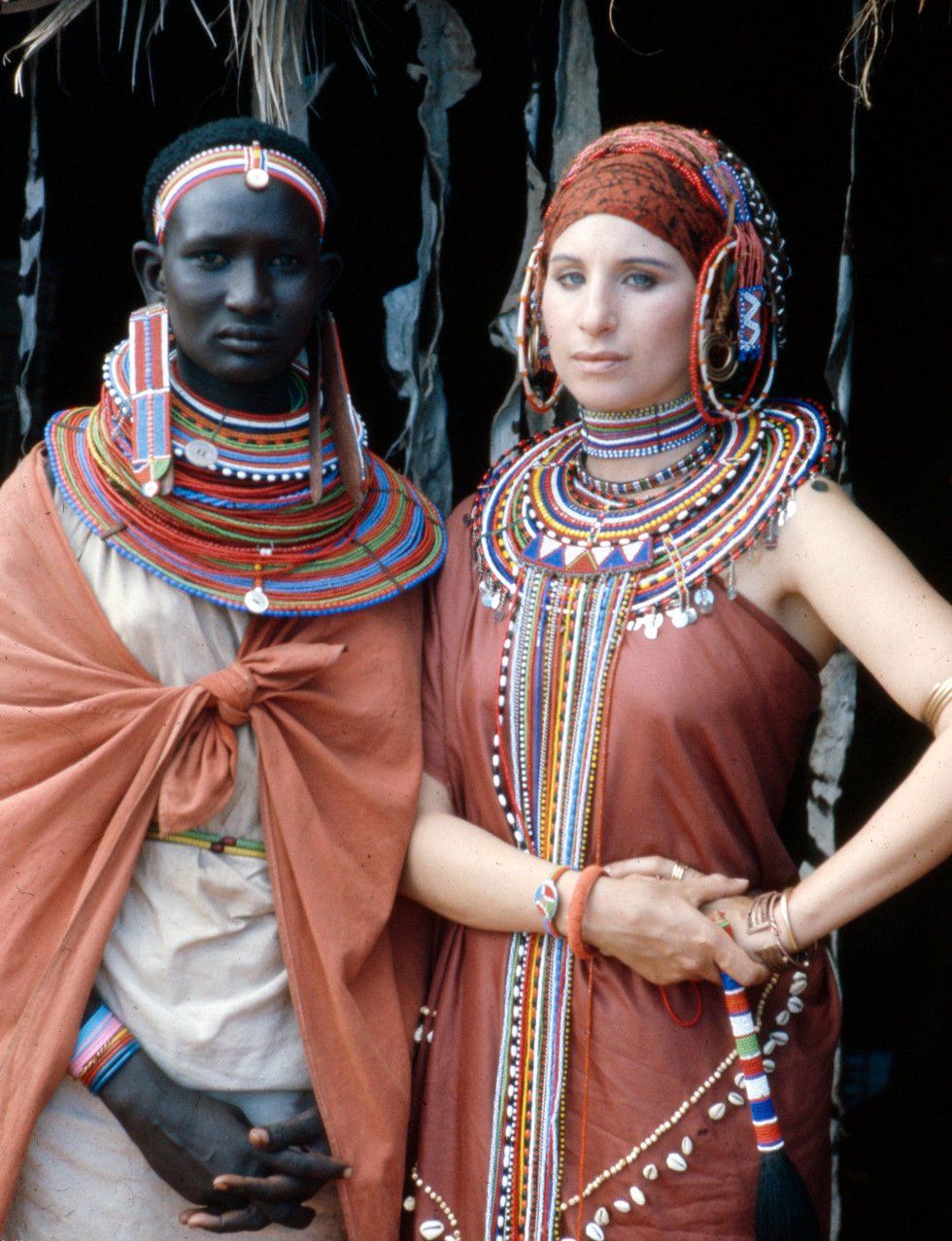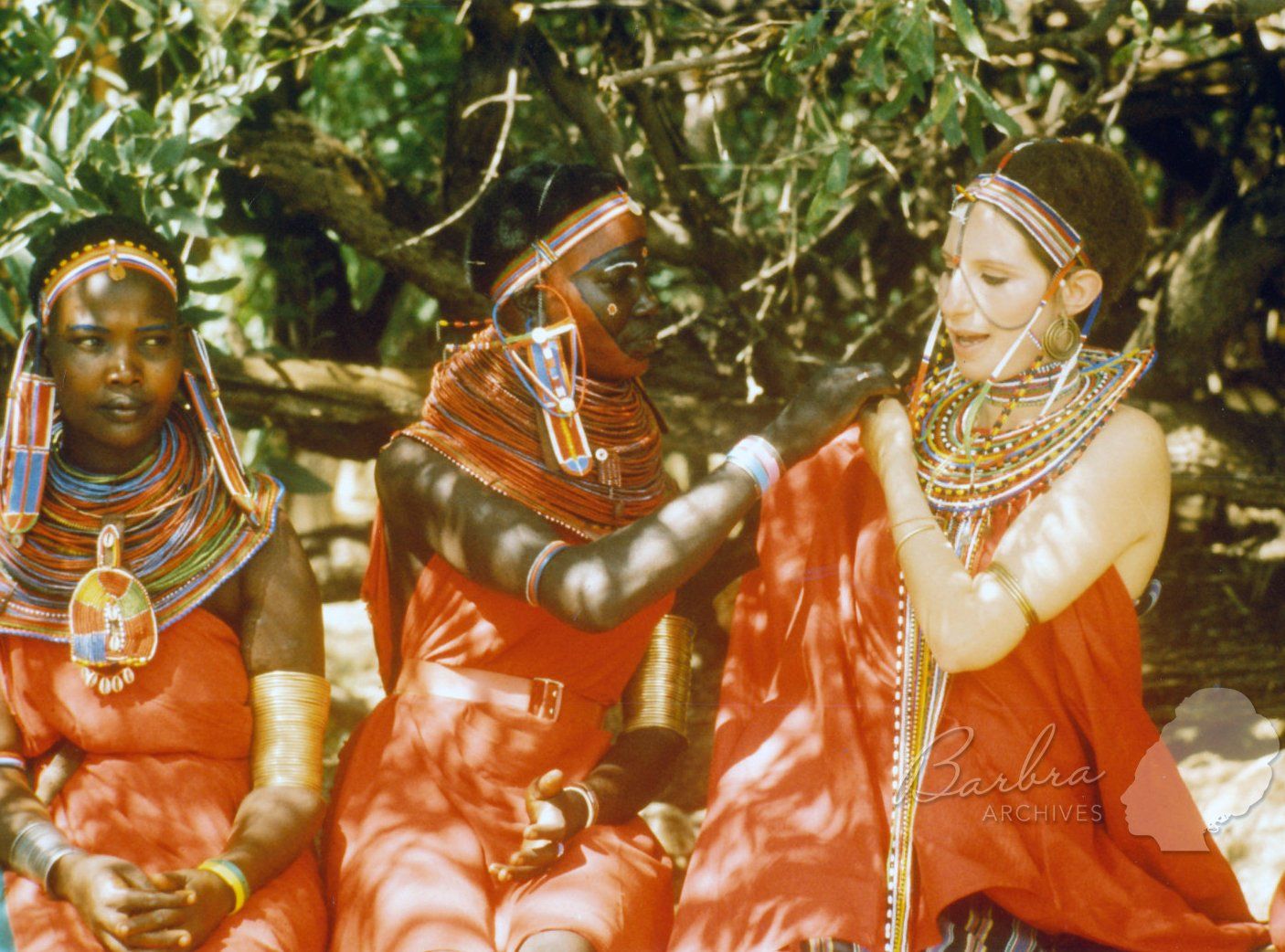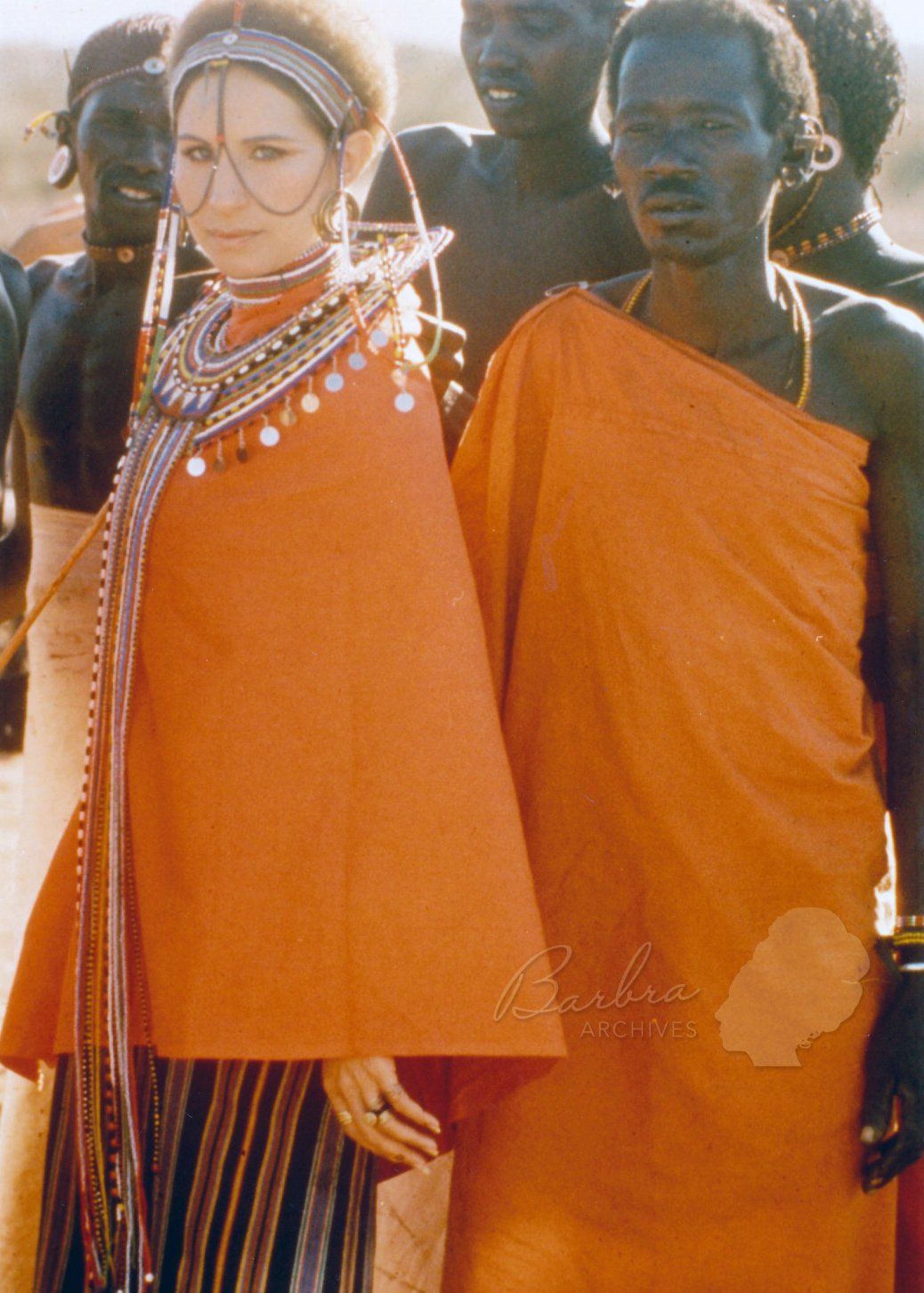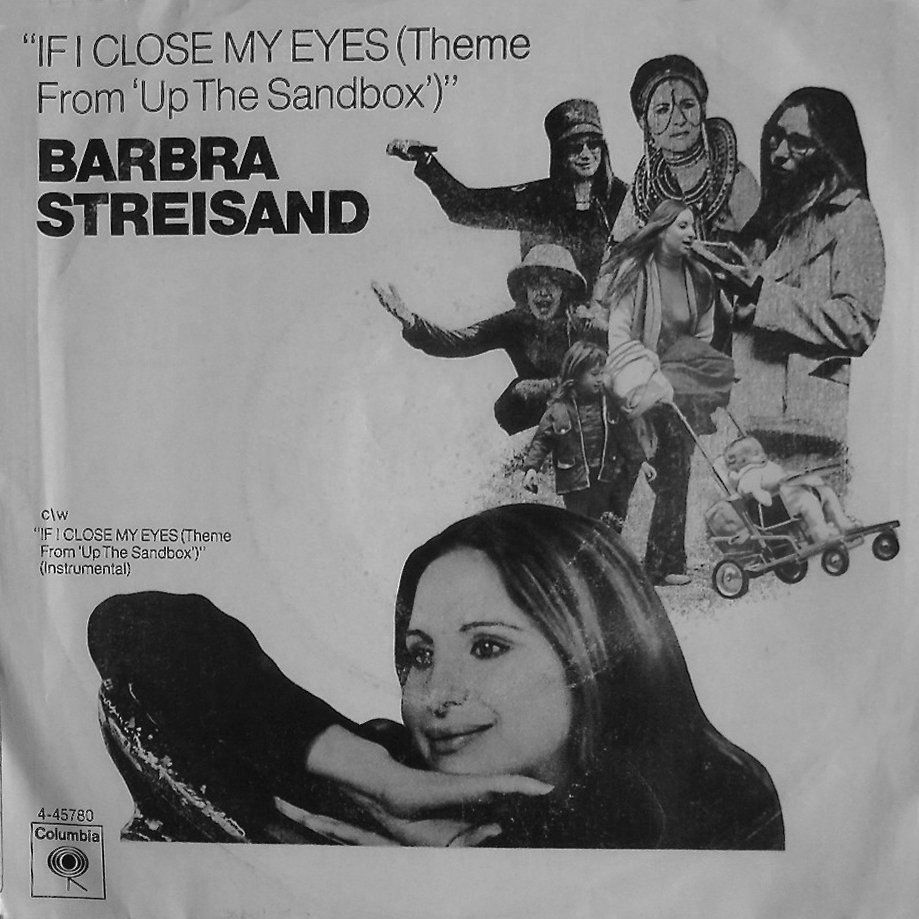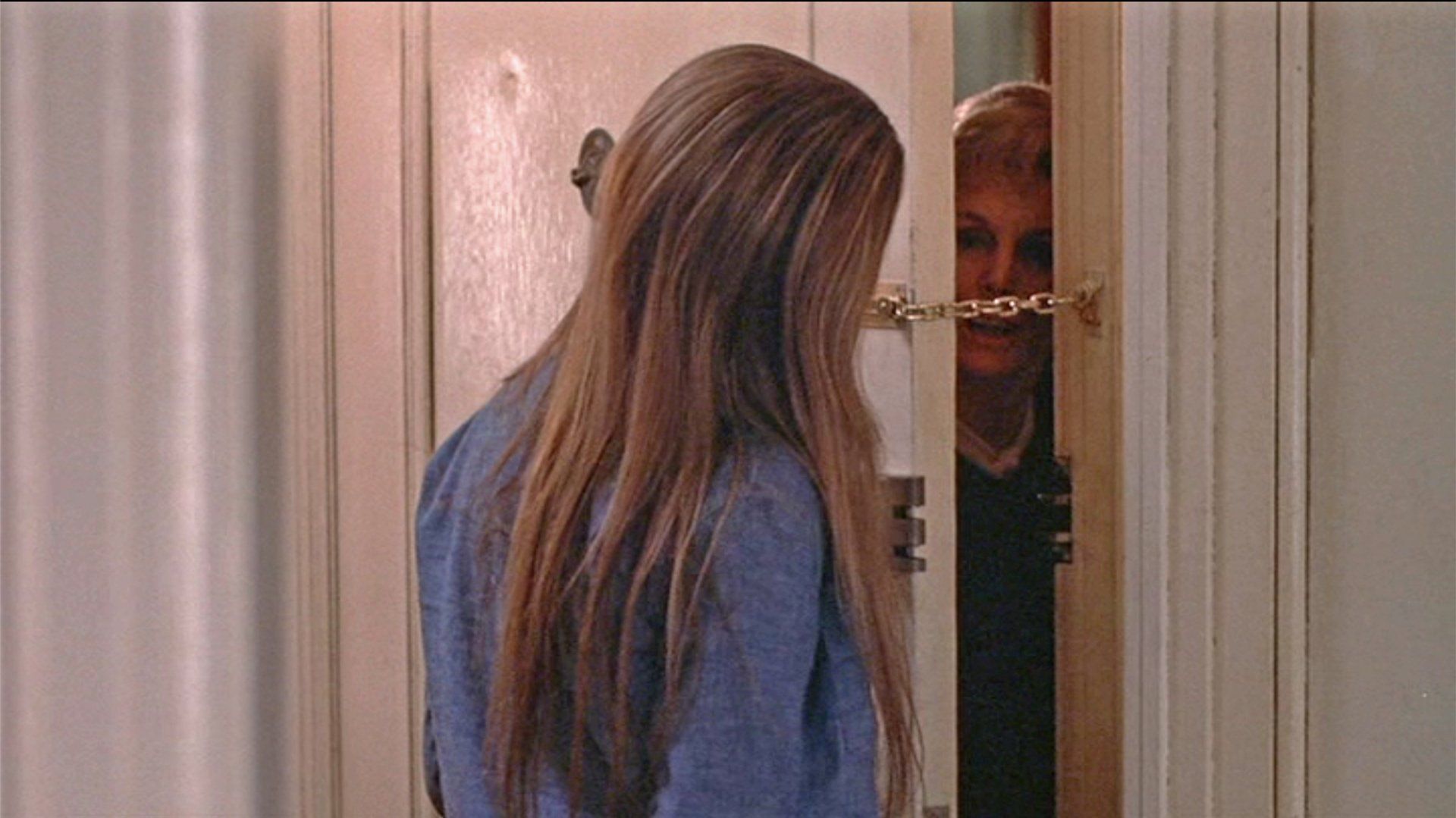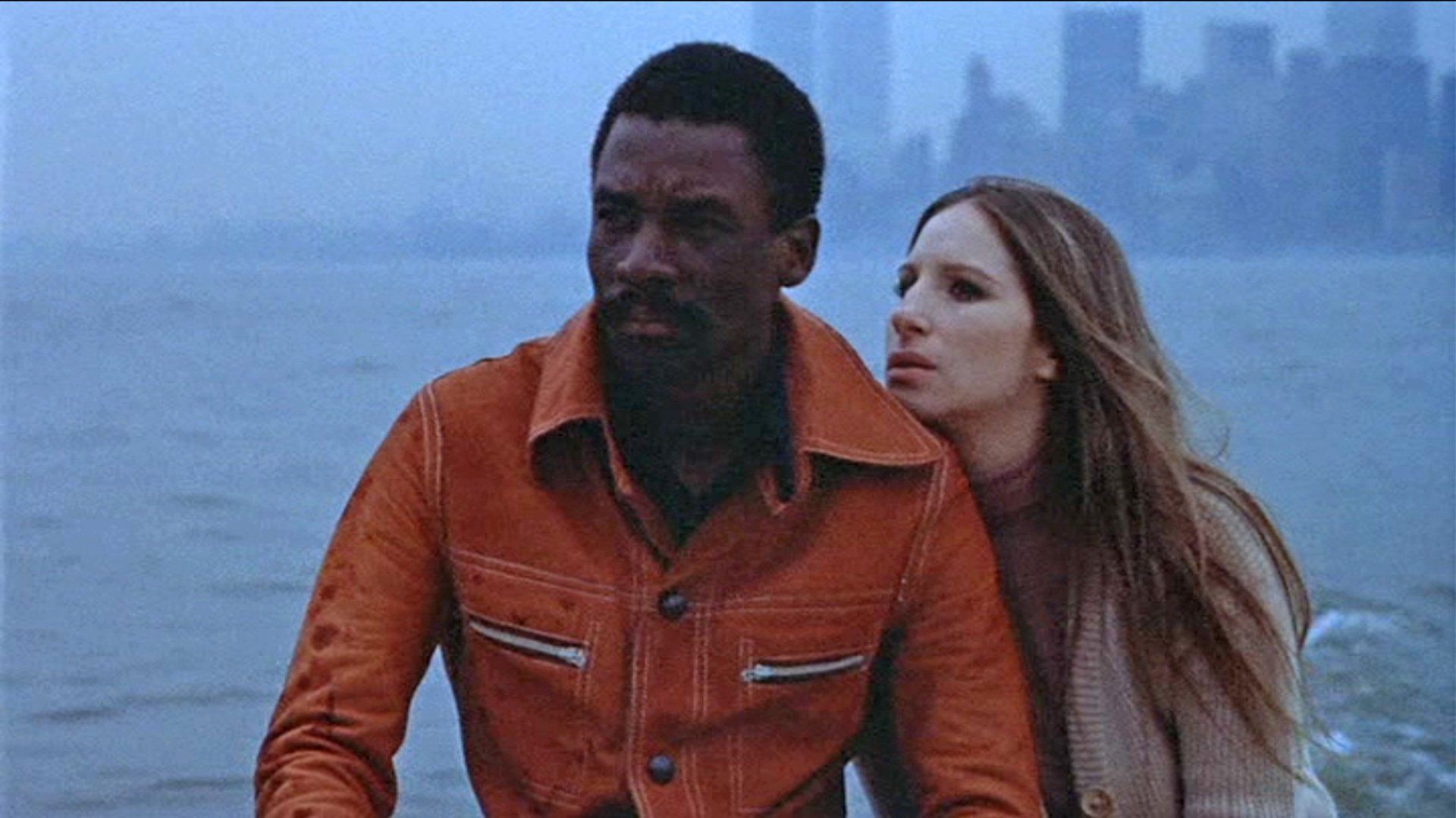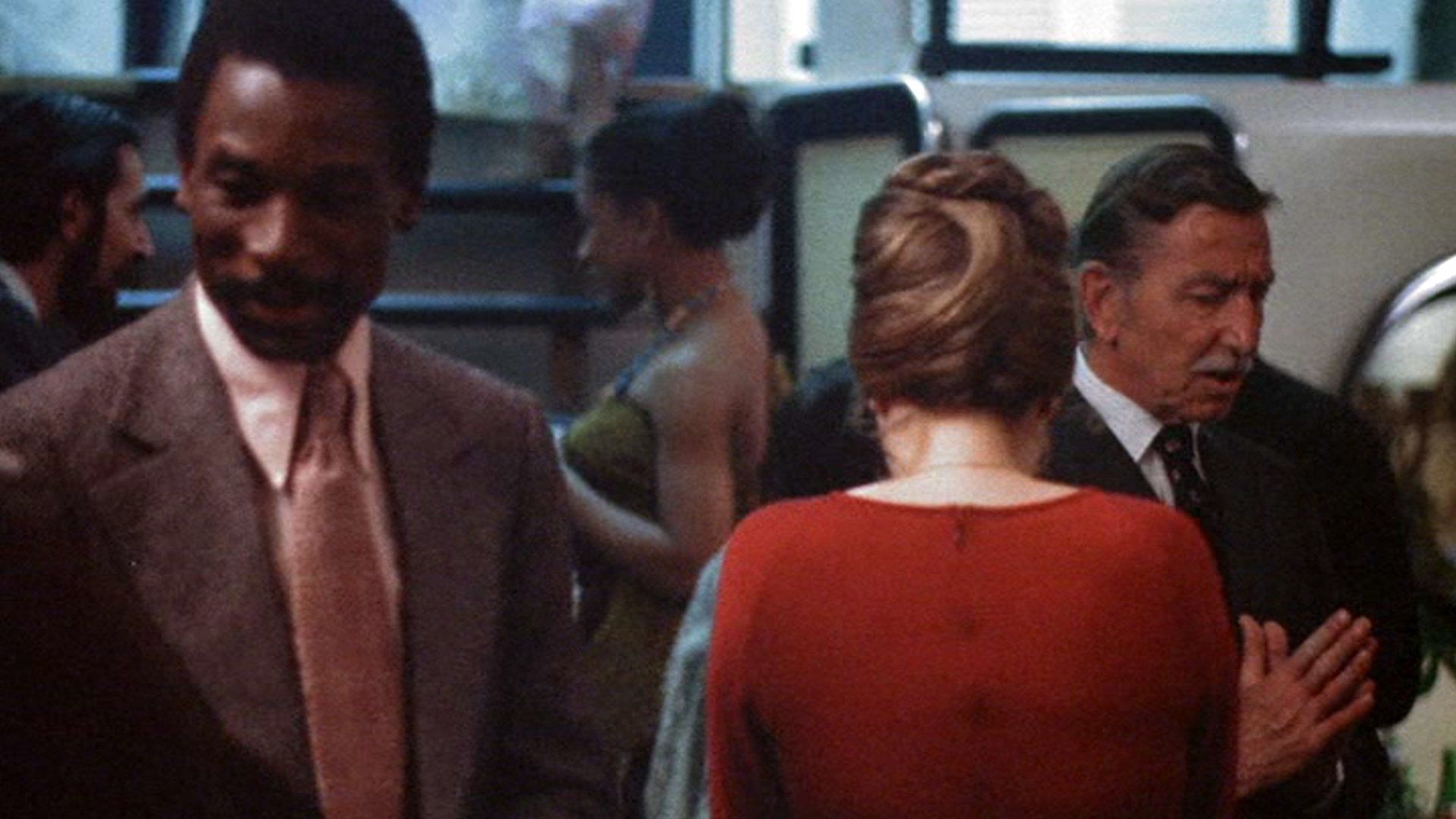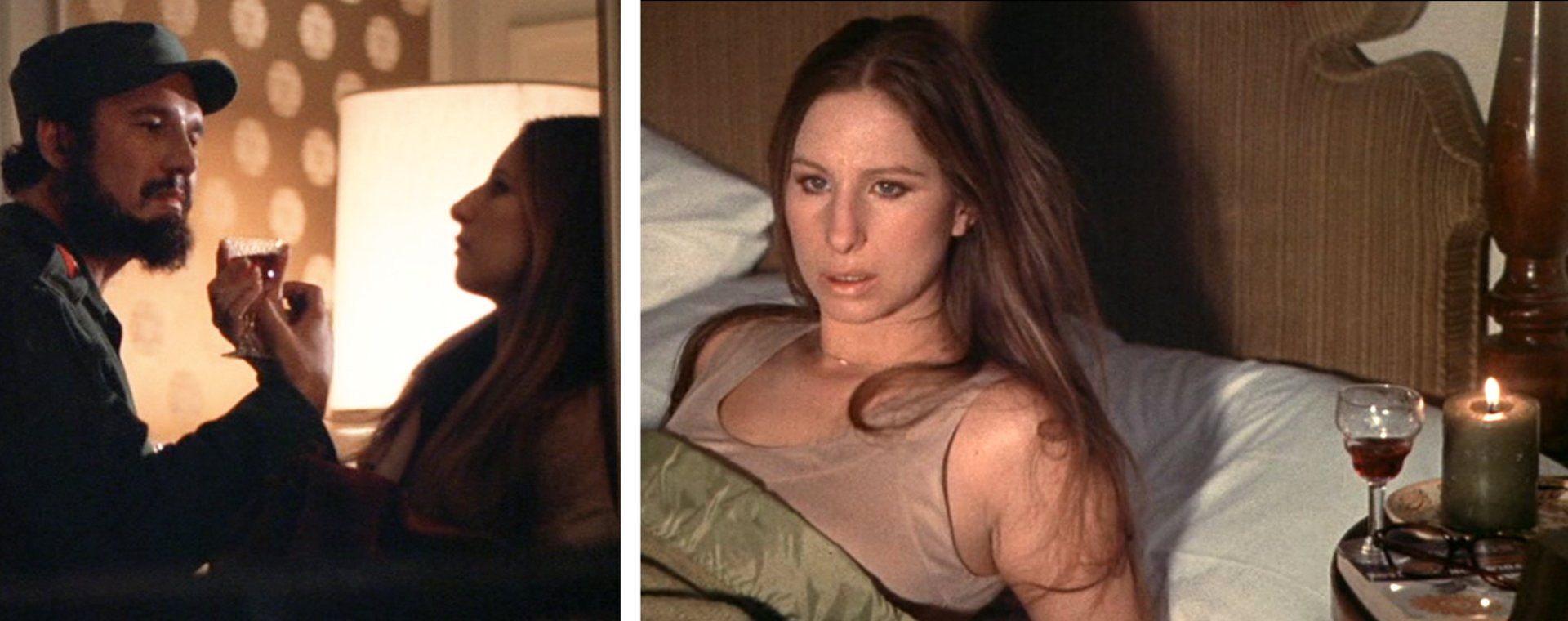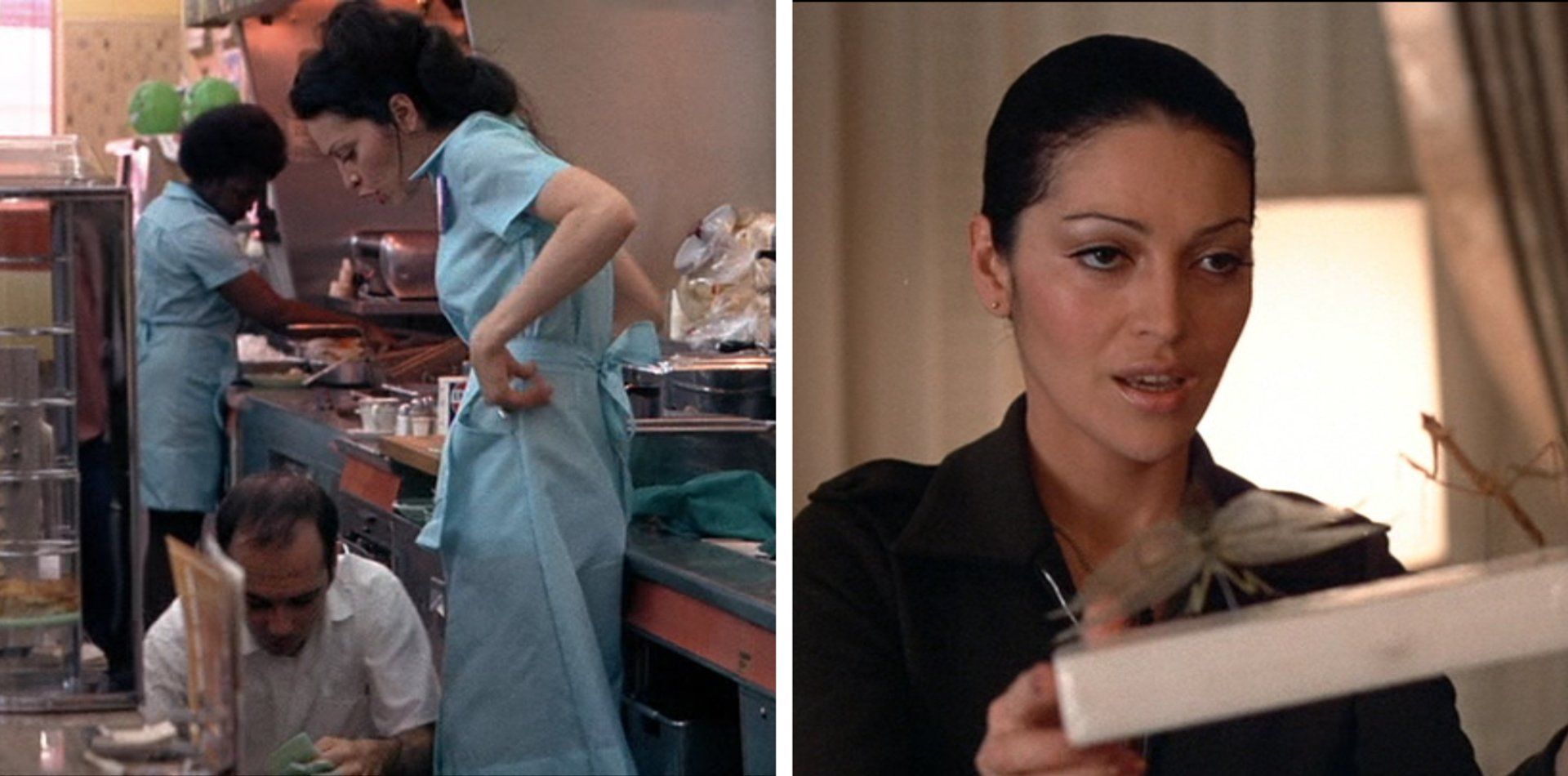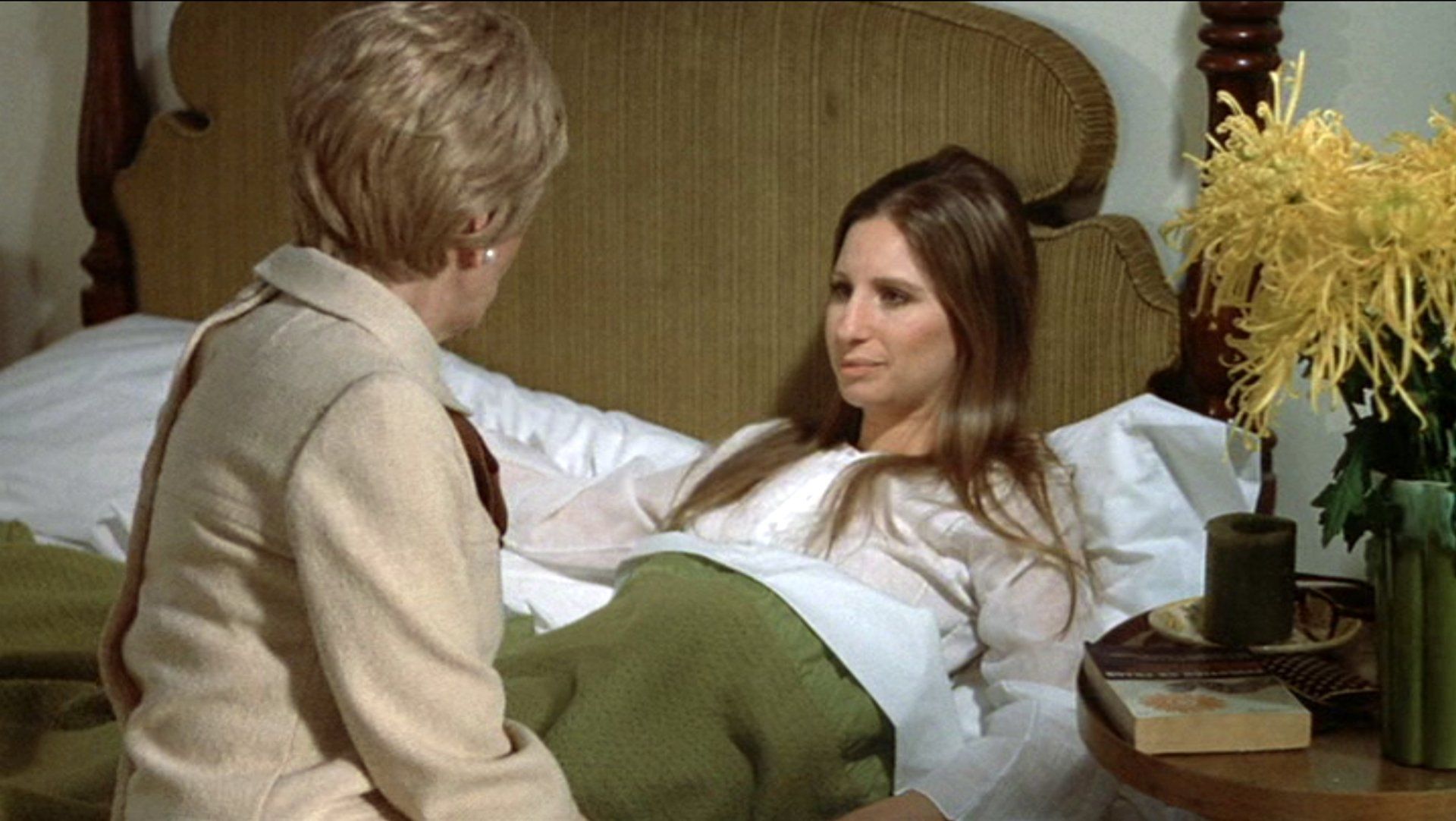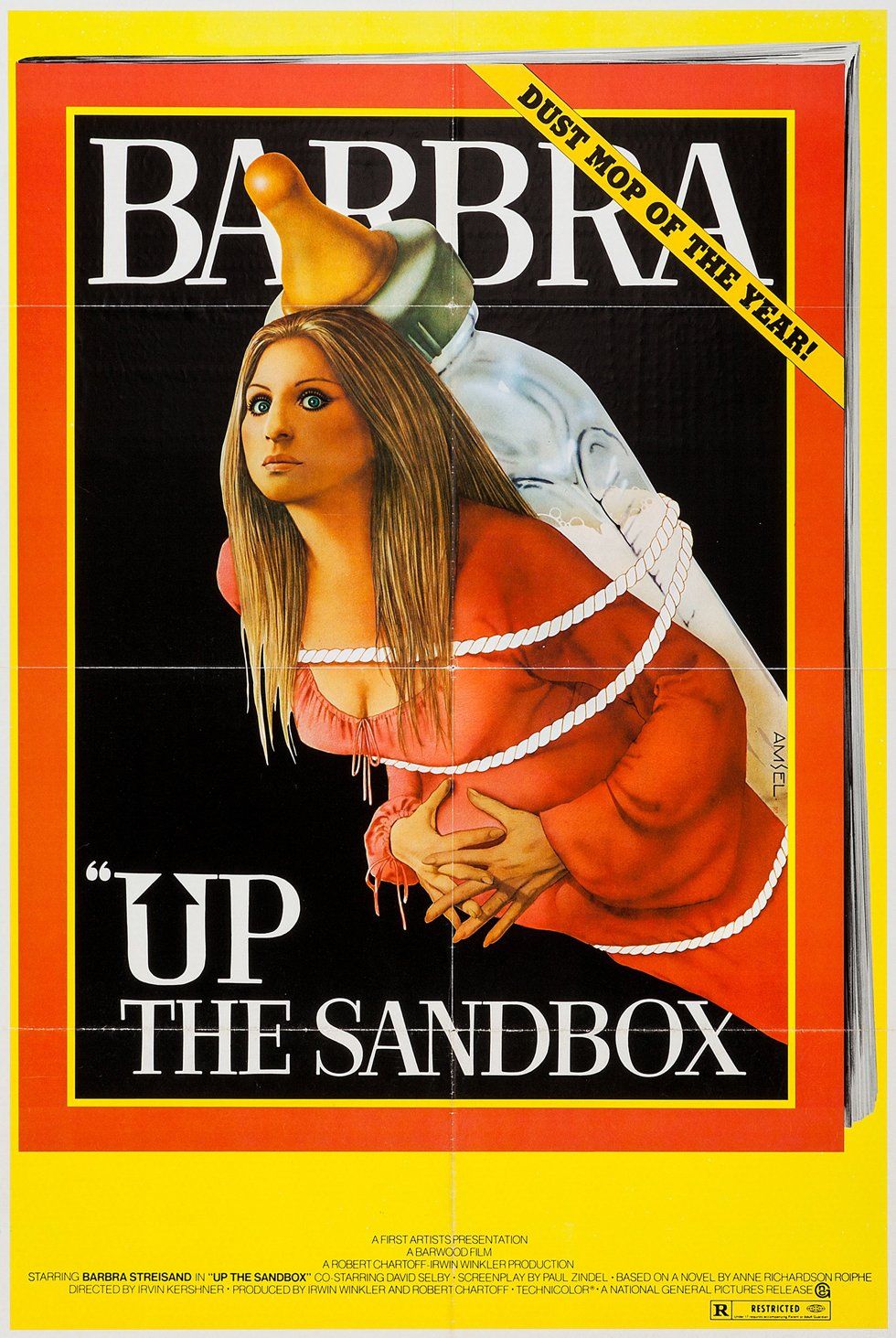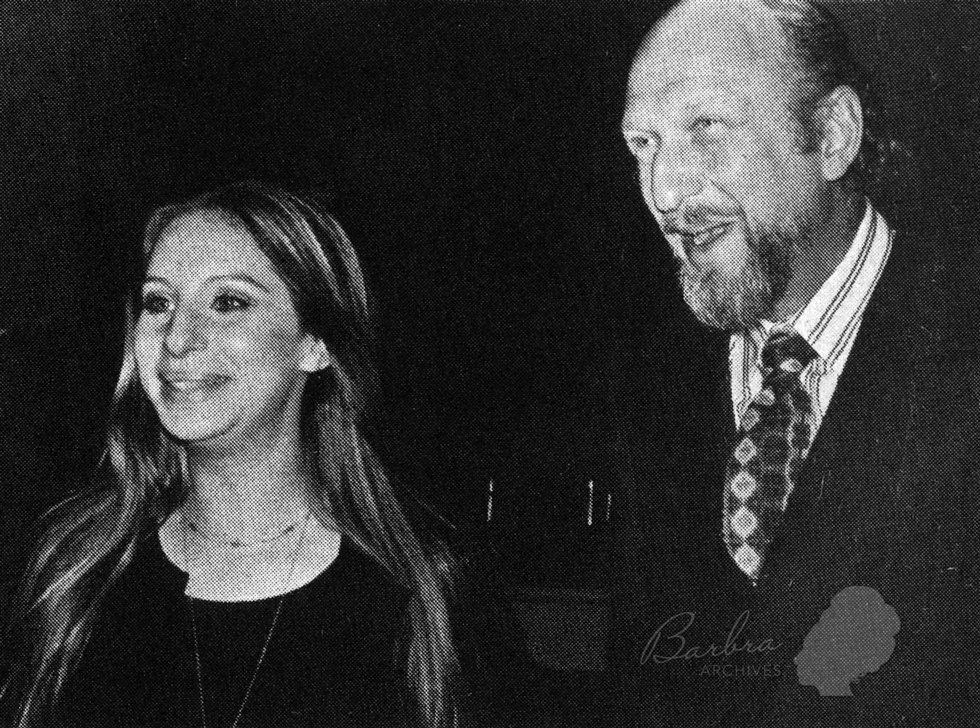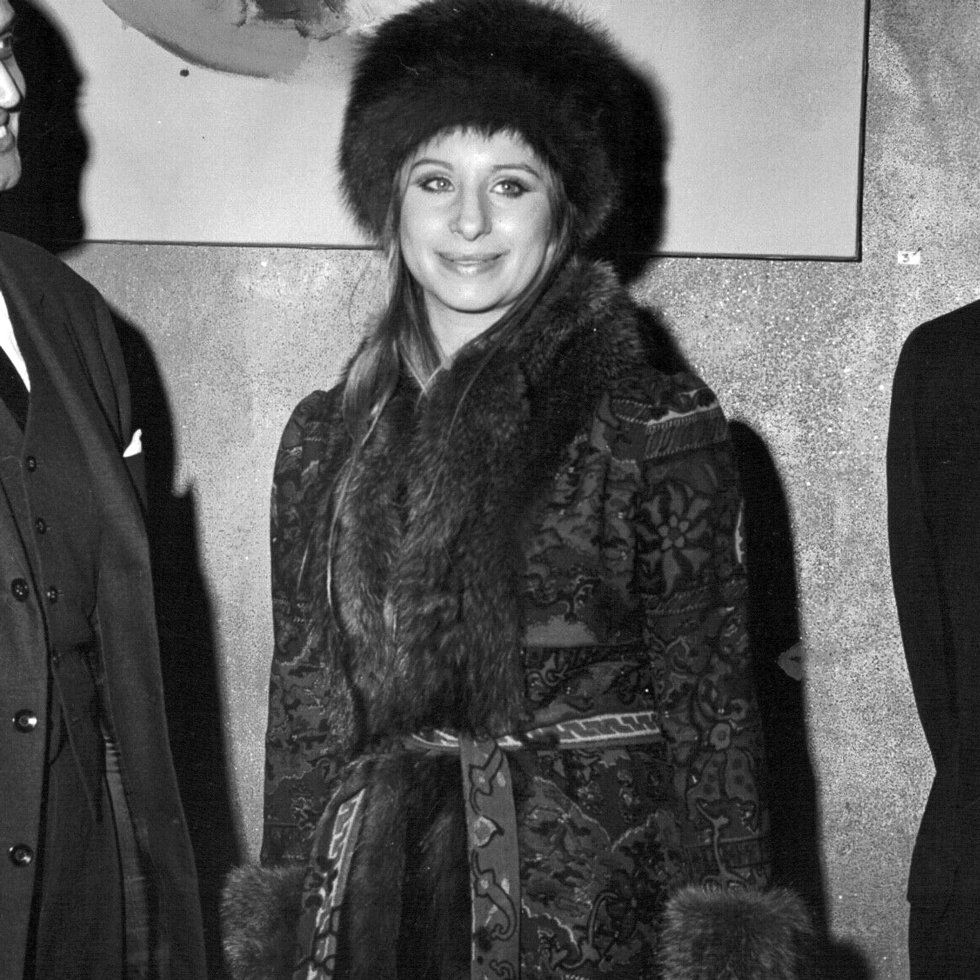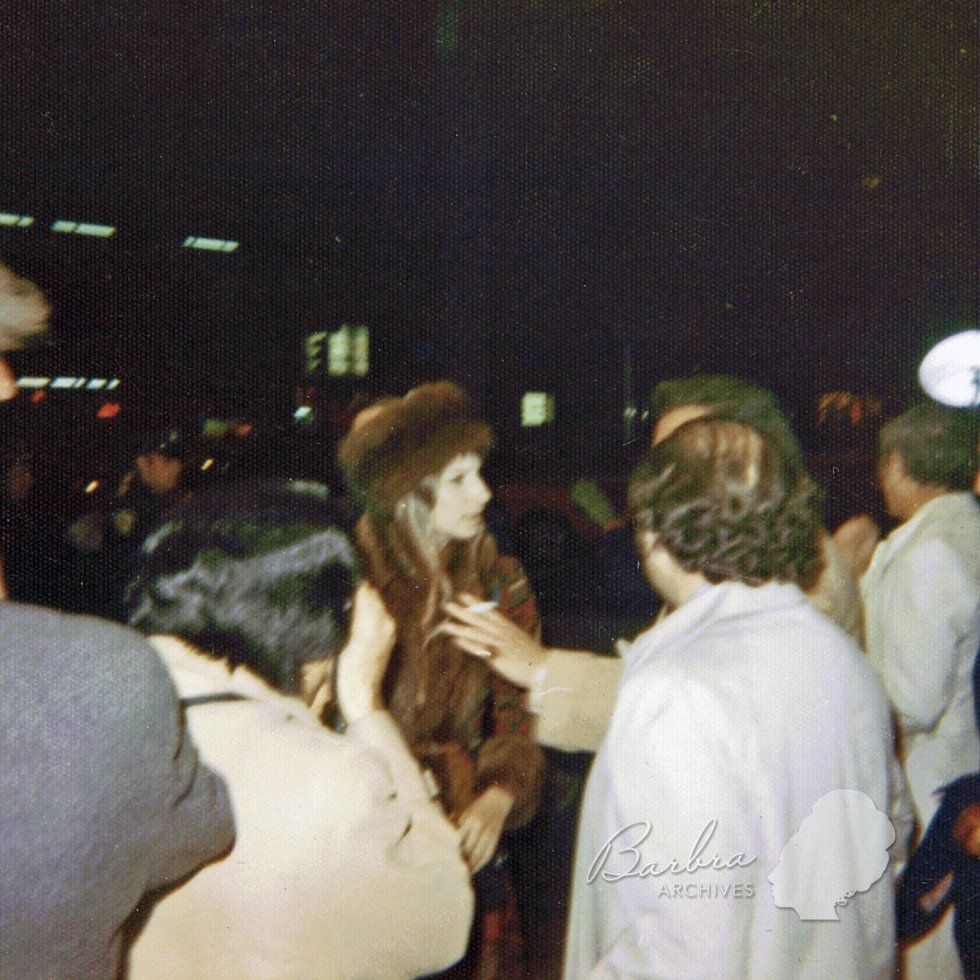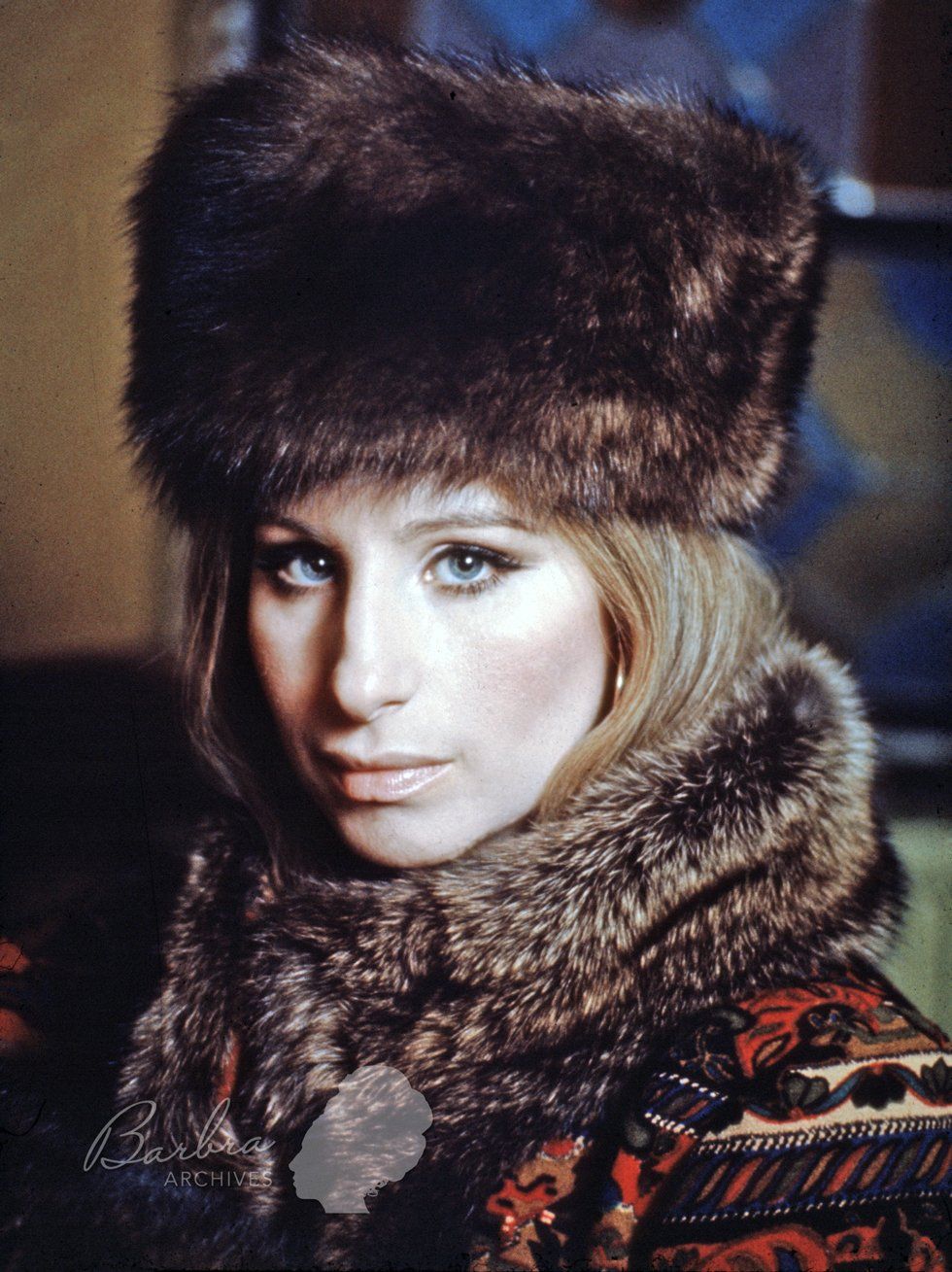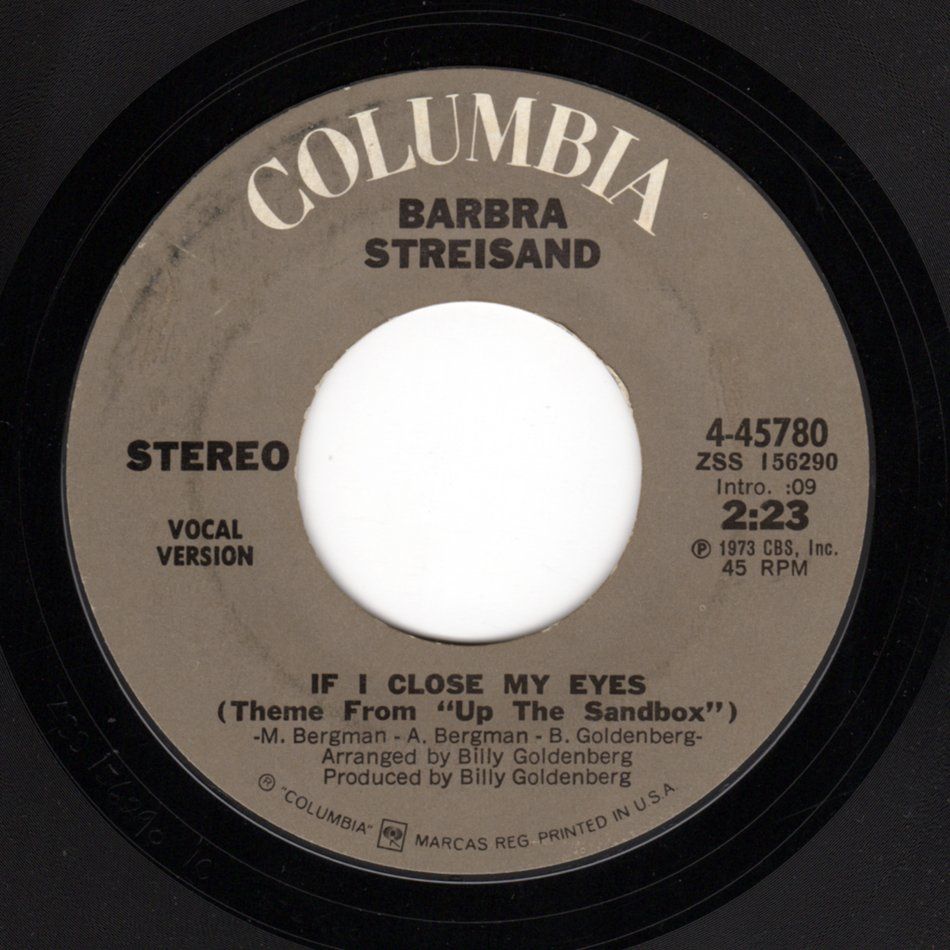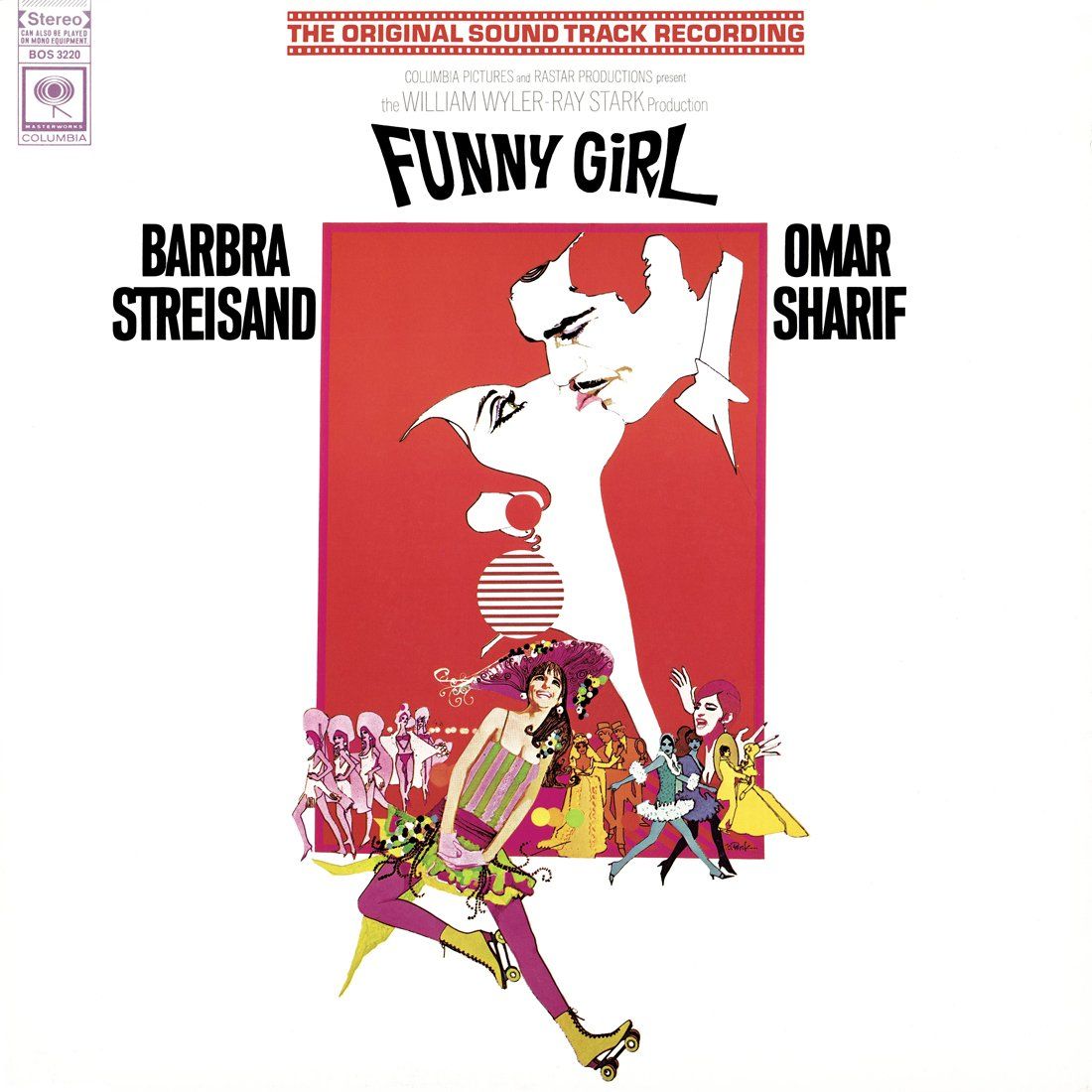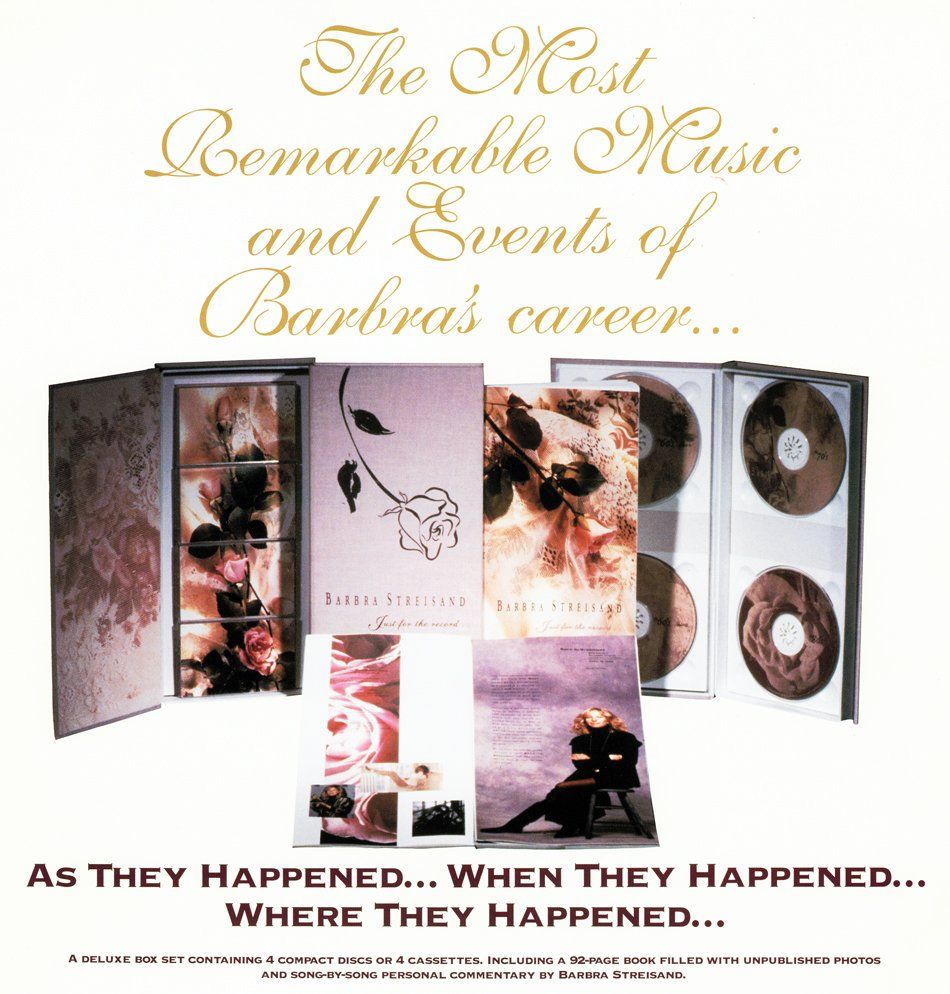Barbra Streisand’s sixth film, the first for her partner-owner company First Artists, expressed the social significance she wanted to convey in her work. “I had wanted to have a little more input into the films I was making,” Barbra explained. “So, becoming a producer, a production entity, one does have some say in what the movie looks like, what it sounds like, what it’s about and so forth. So, it was a step beyond for me, rather than just being the actress ... It was the first film for my own production company, Barwood Films, Limited, and so I was able to have much more input into the content and style of this film.”
Streisand joined actors Paul Newman and Sidney Poitier in 1969 to form First Artists, the brainchild of their agent Freddie Fields. (Steve McQueen and Dustin Hoffman also joined as partners a few years later.)
First Artists Production Co., Ltd. was a subsidiary of Warner Brothers and Newman, Poitier and Streisand agreed to each make three movies for the company without taking multi-million-dollar salaries up front. The producer-stars had the creative freedom to make whatever film they wanted, so long as the budget was under $3 million-dollars. Taking Streisand’s singing talent into consideration, First Artists allowed a $5 million-dollar budget for a musical film (which was the budget for Streisand’s 1976 film, A Star is Born).
Warner Brothers distributed the films and reimbursed First Artists for two-thirds of the film’s cost. Newman, Poitier and Streisand received 25% of the gross of the film.

